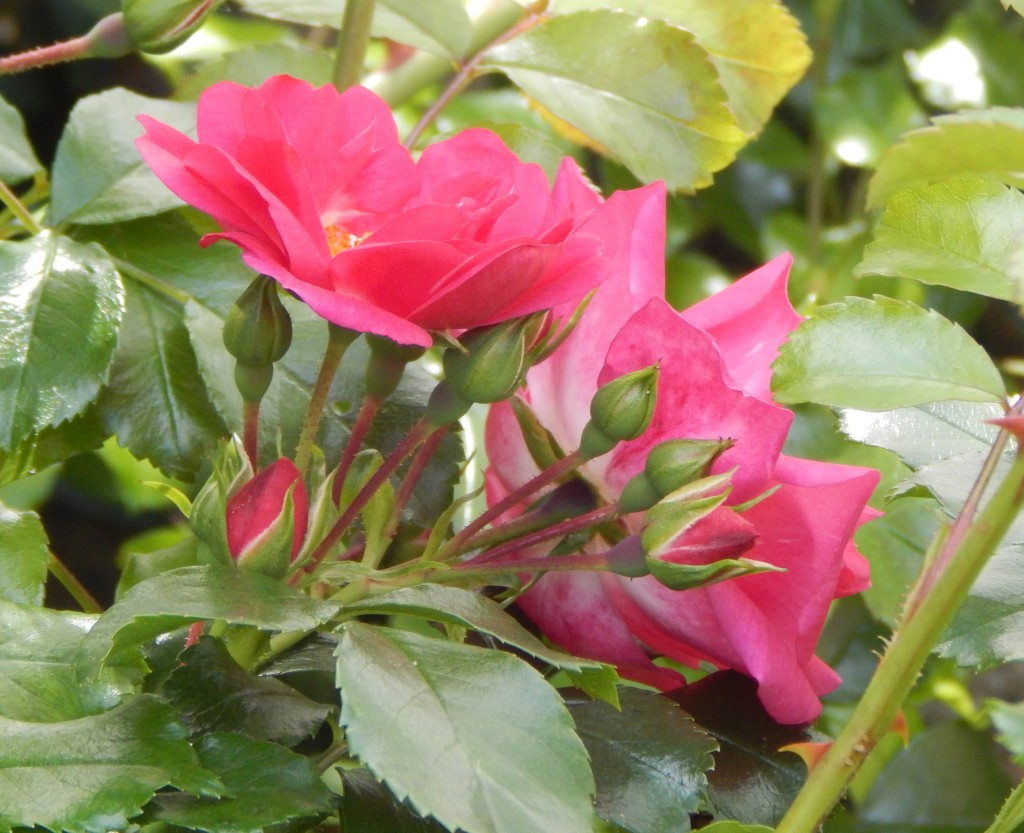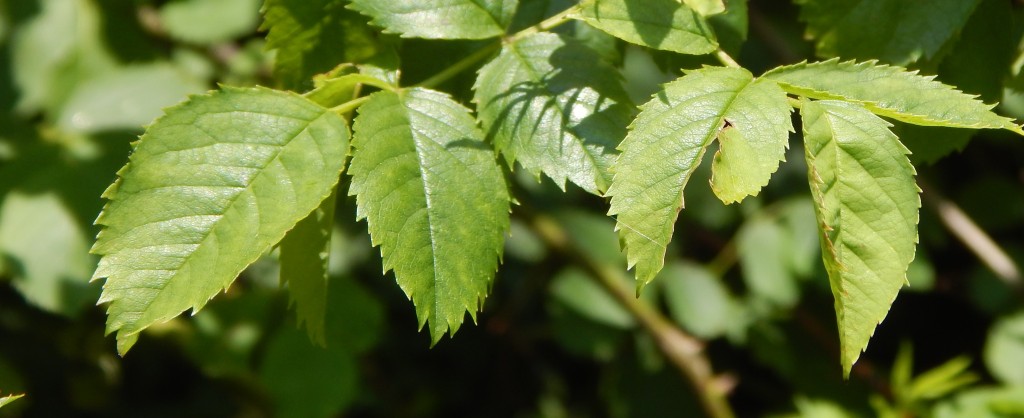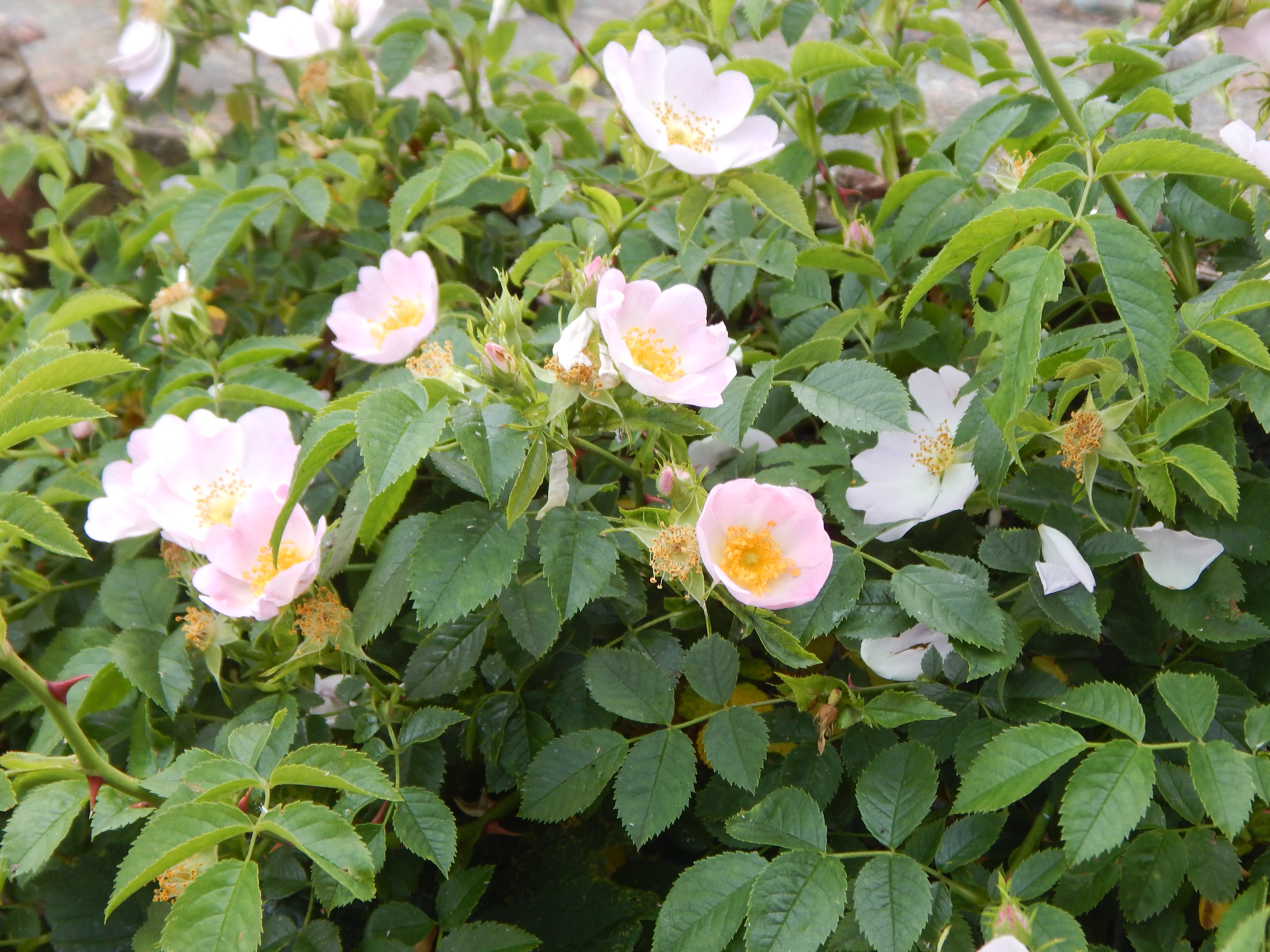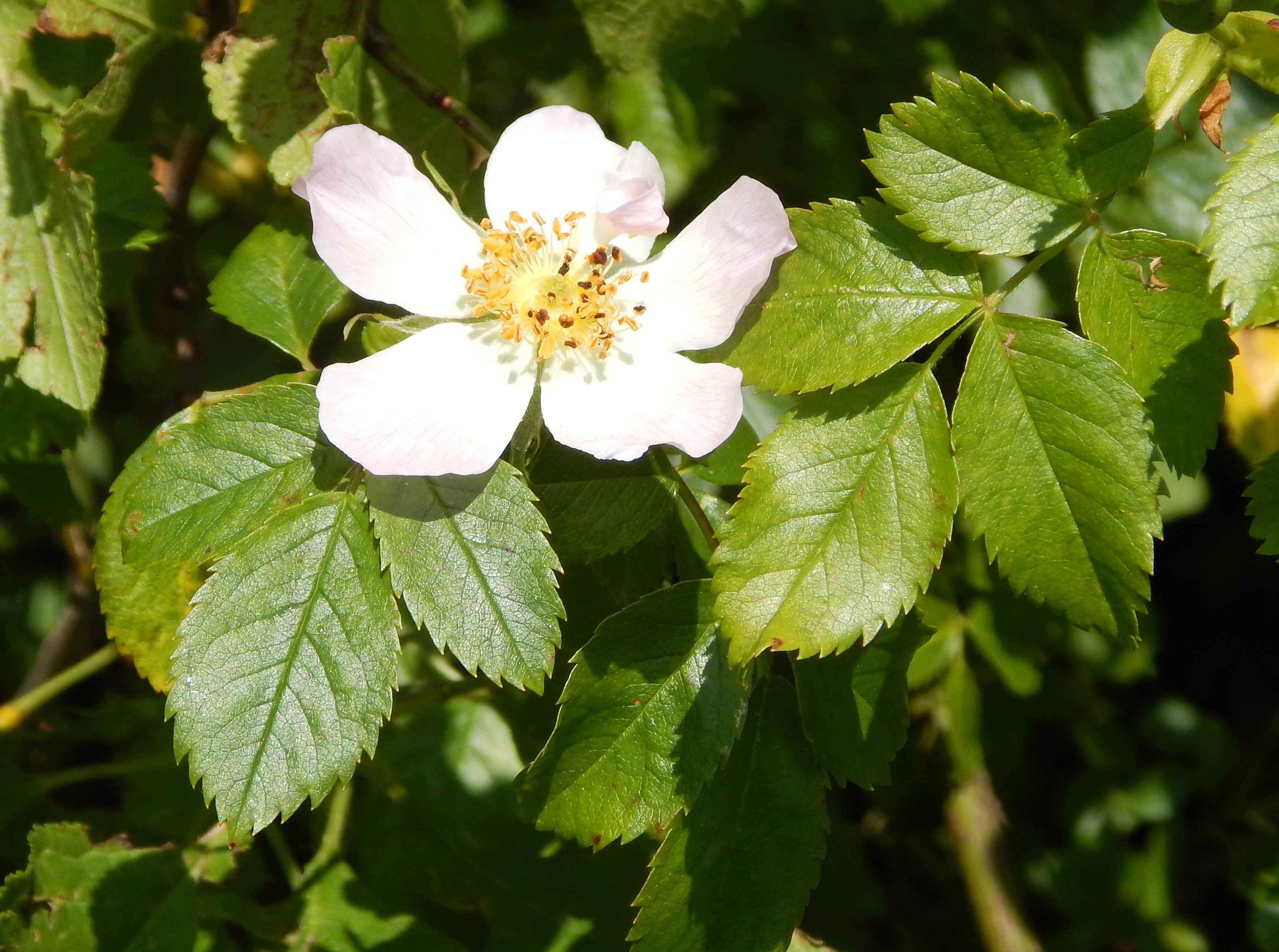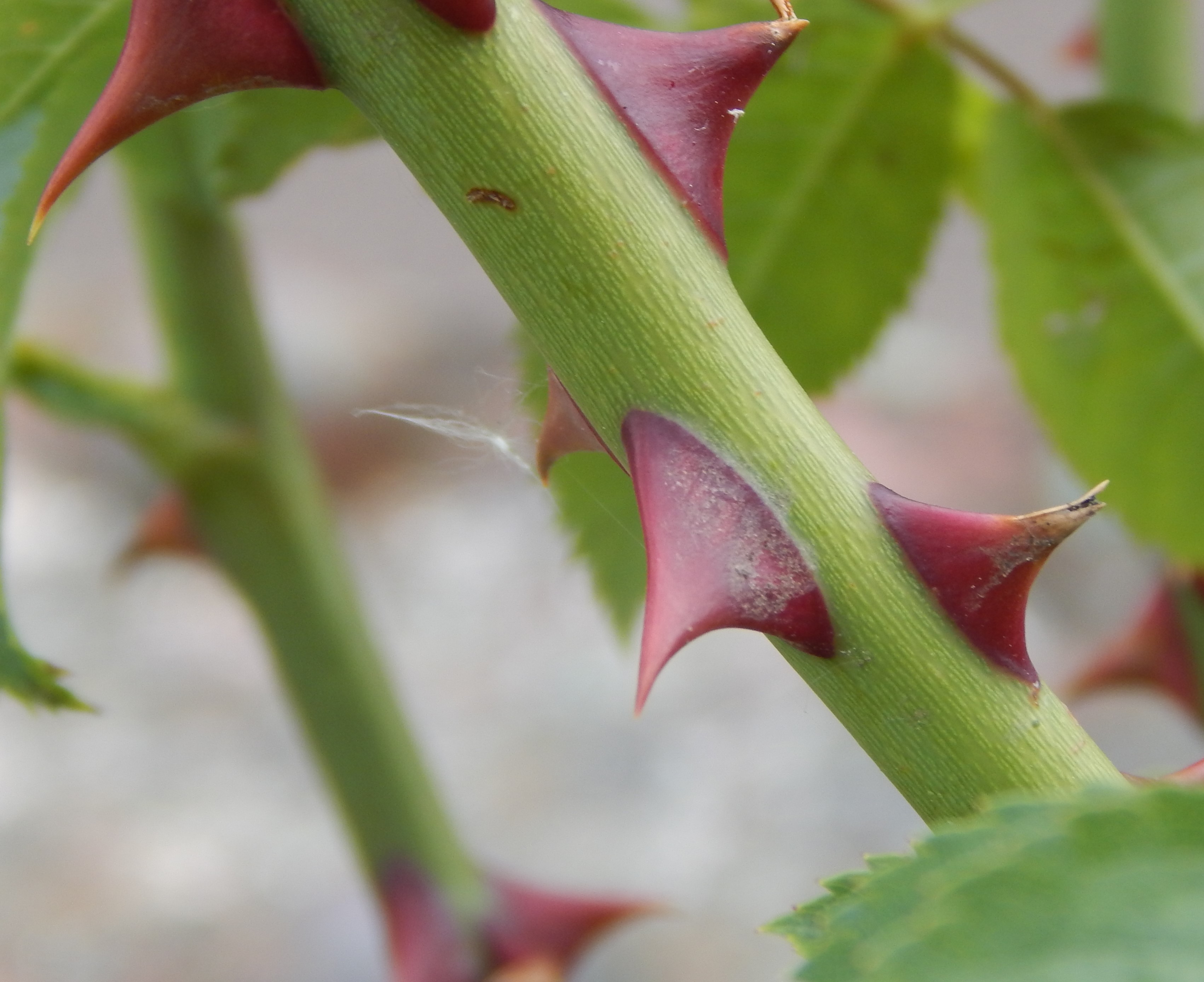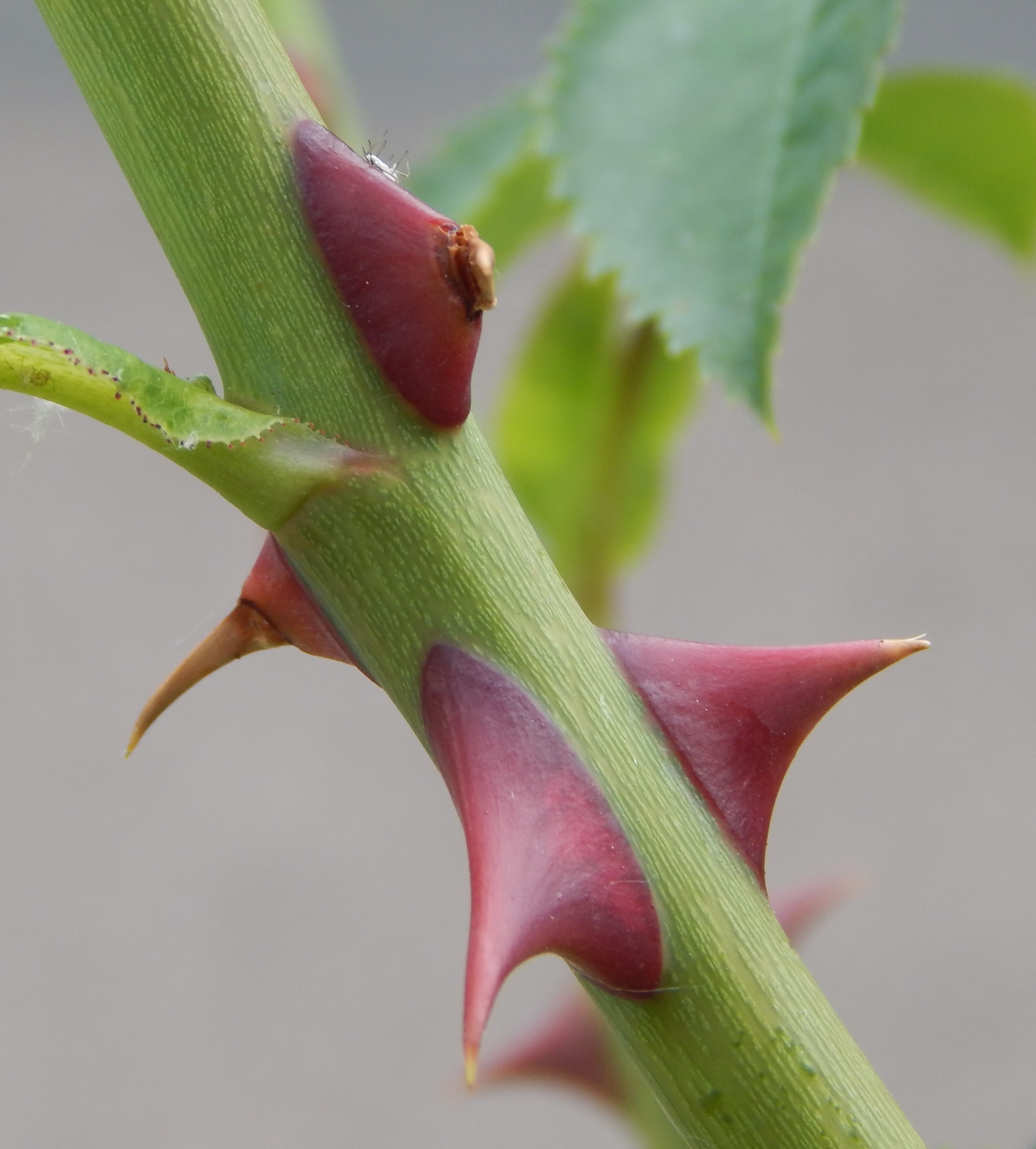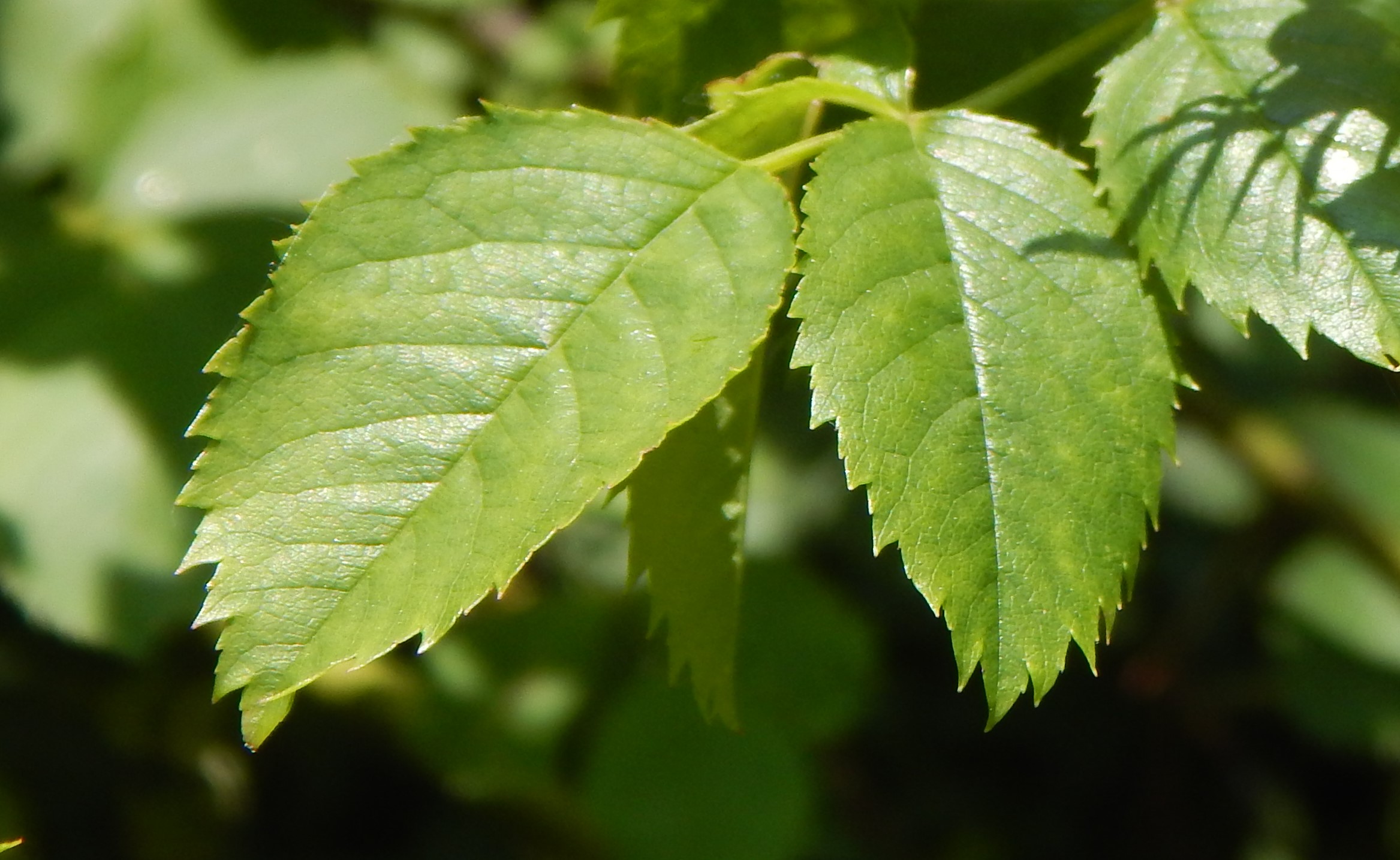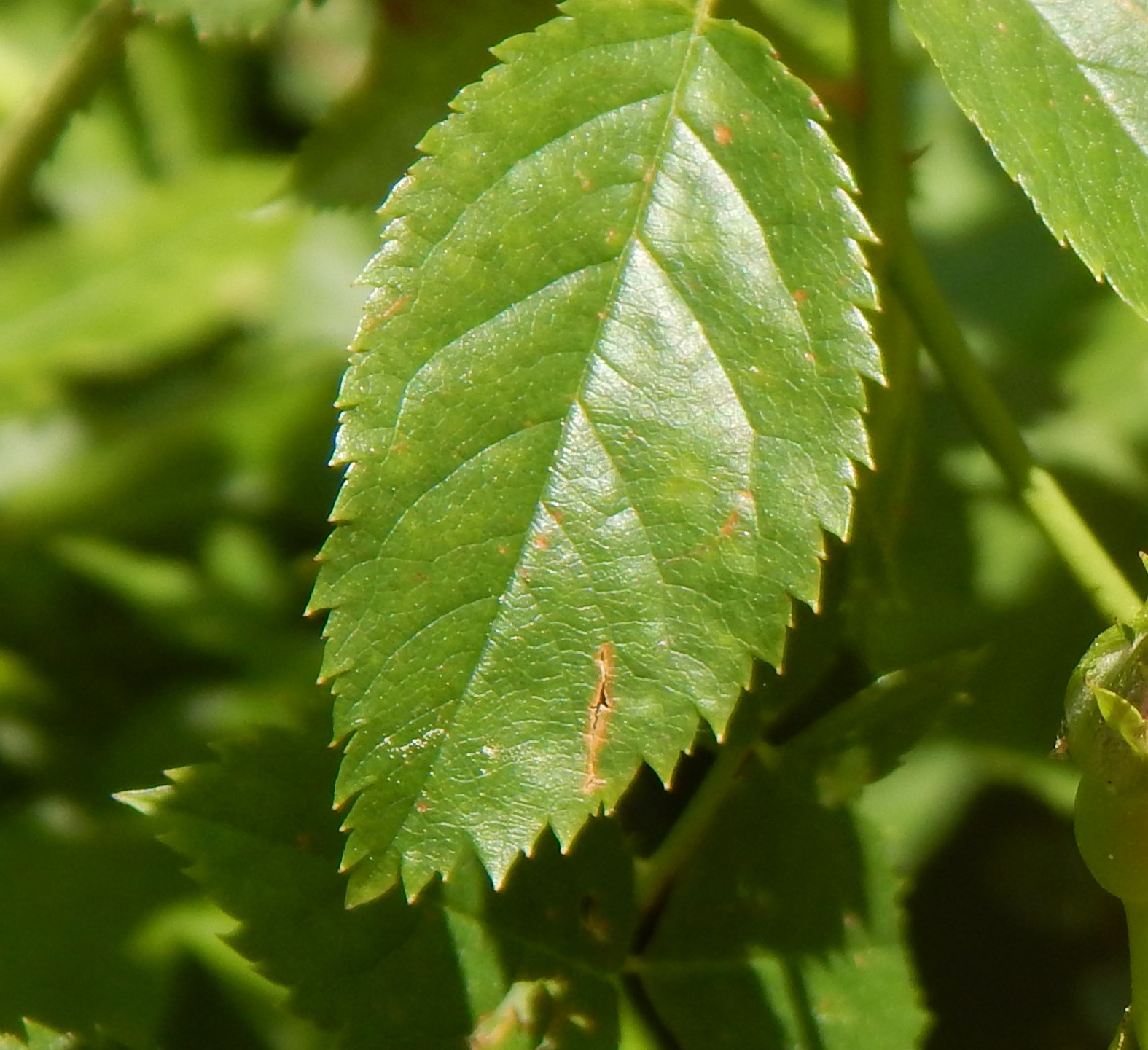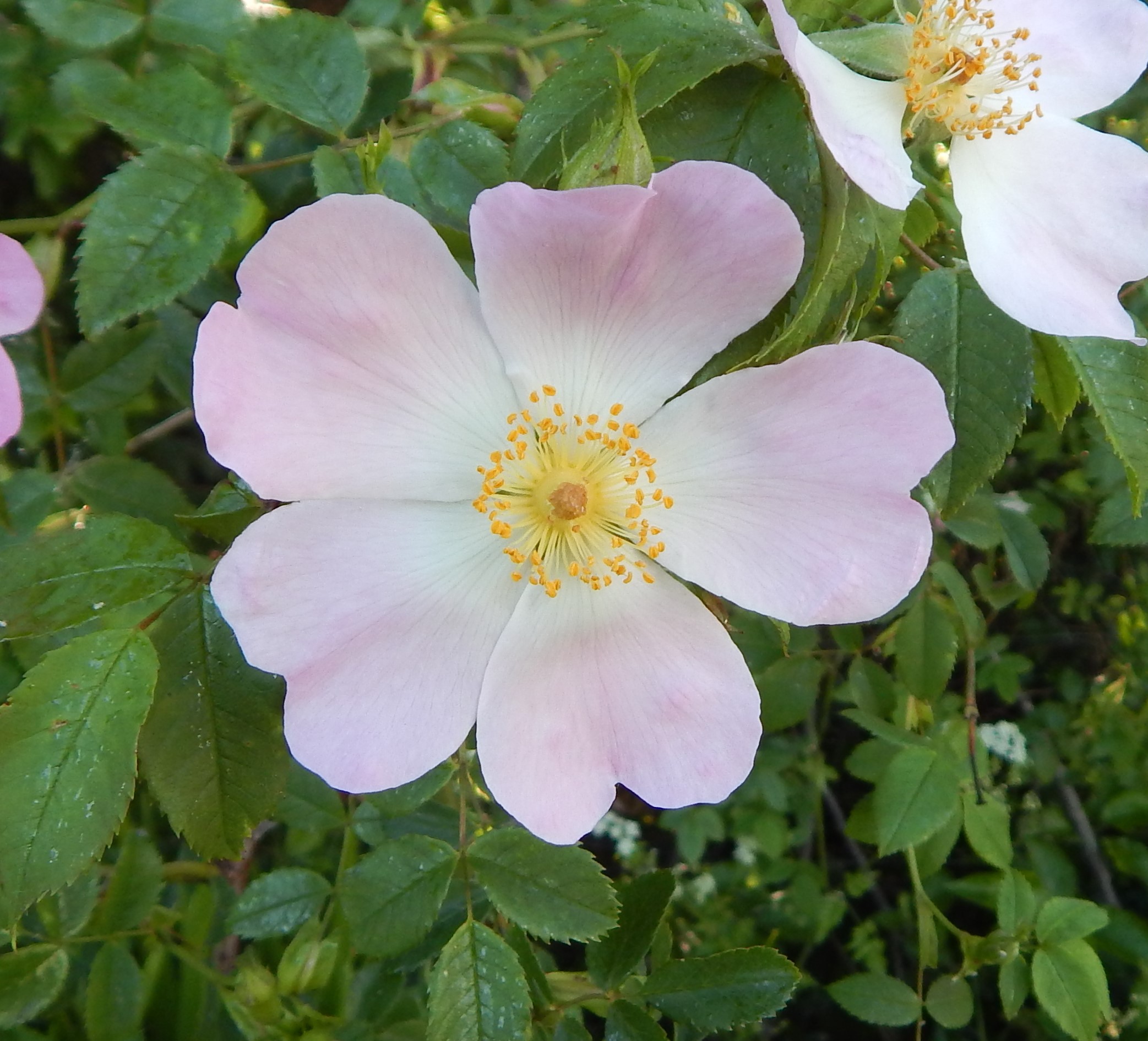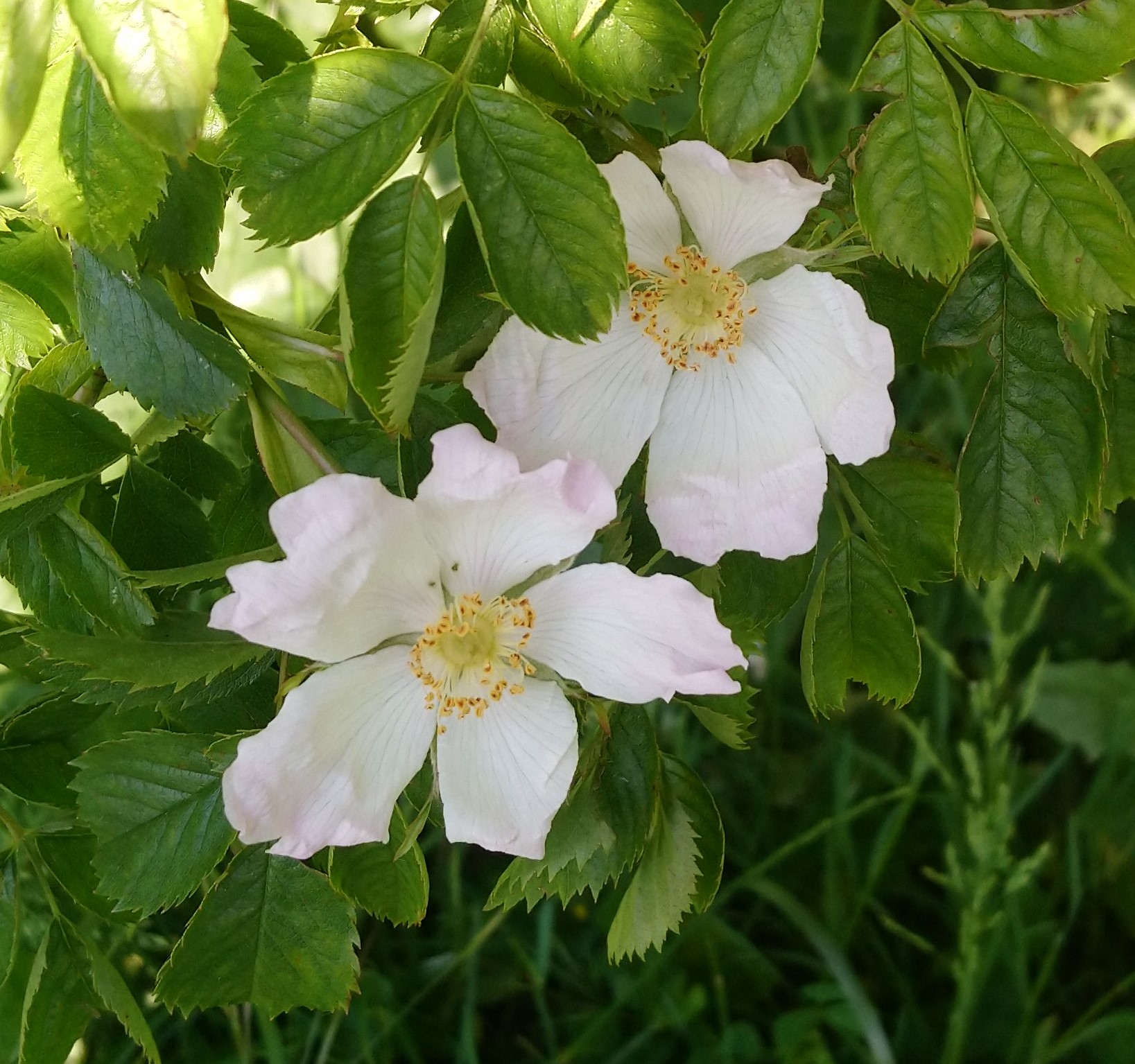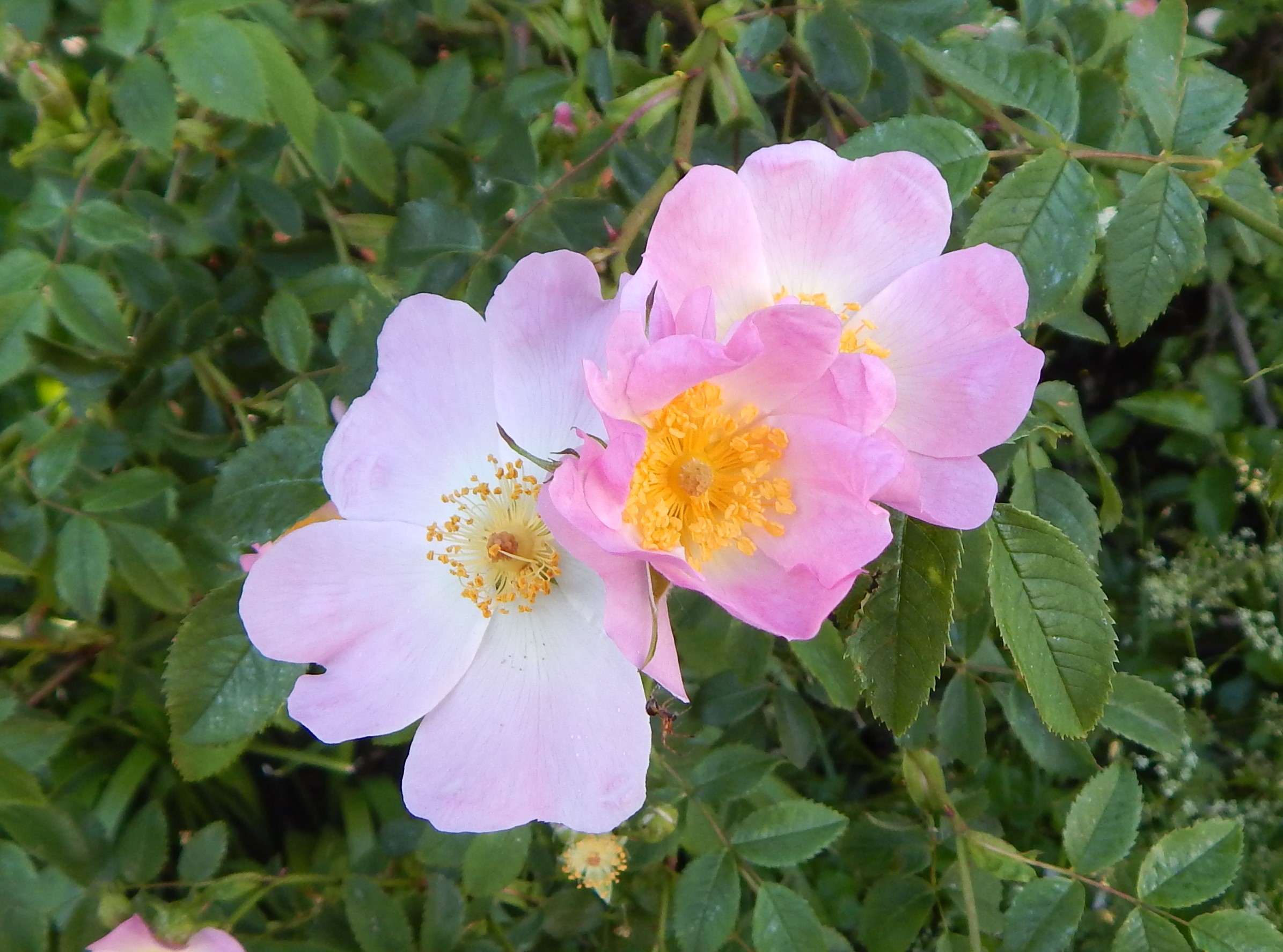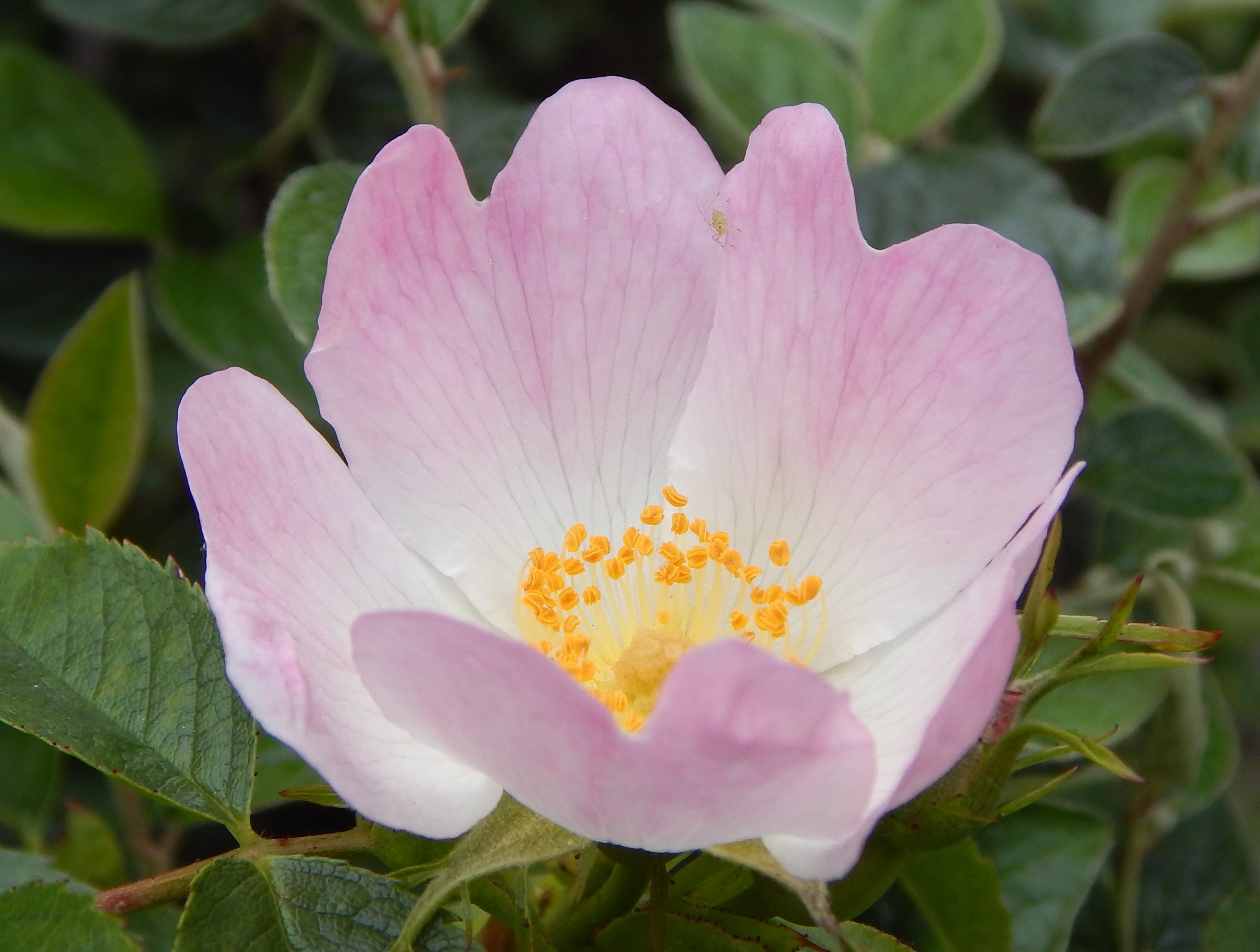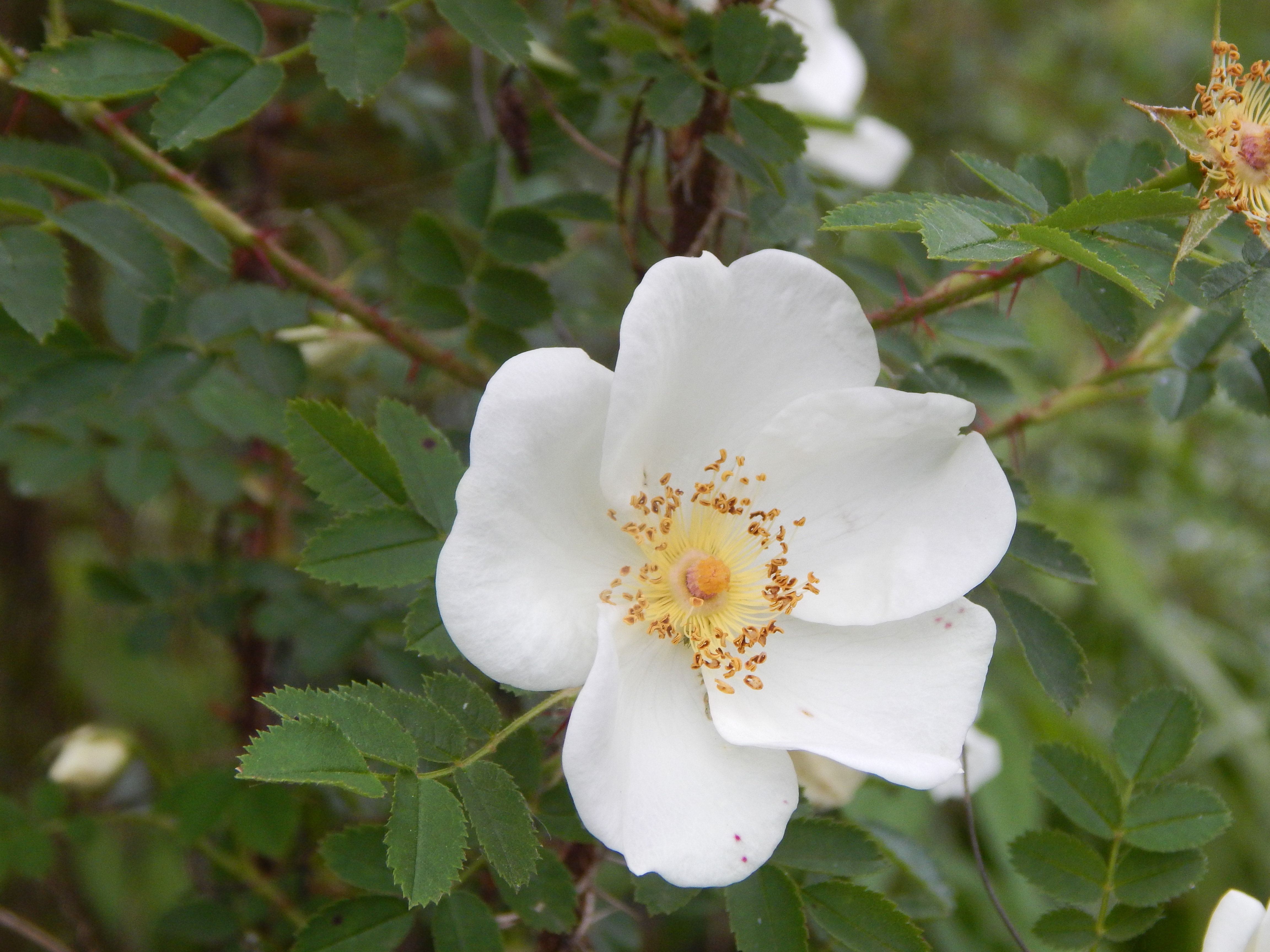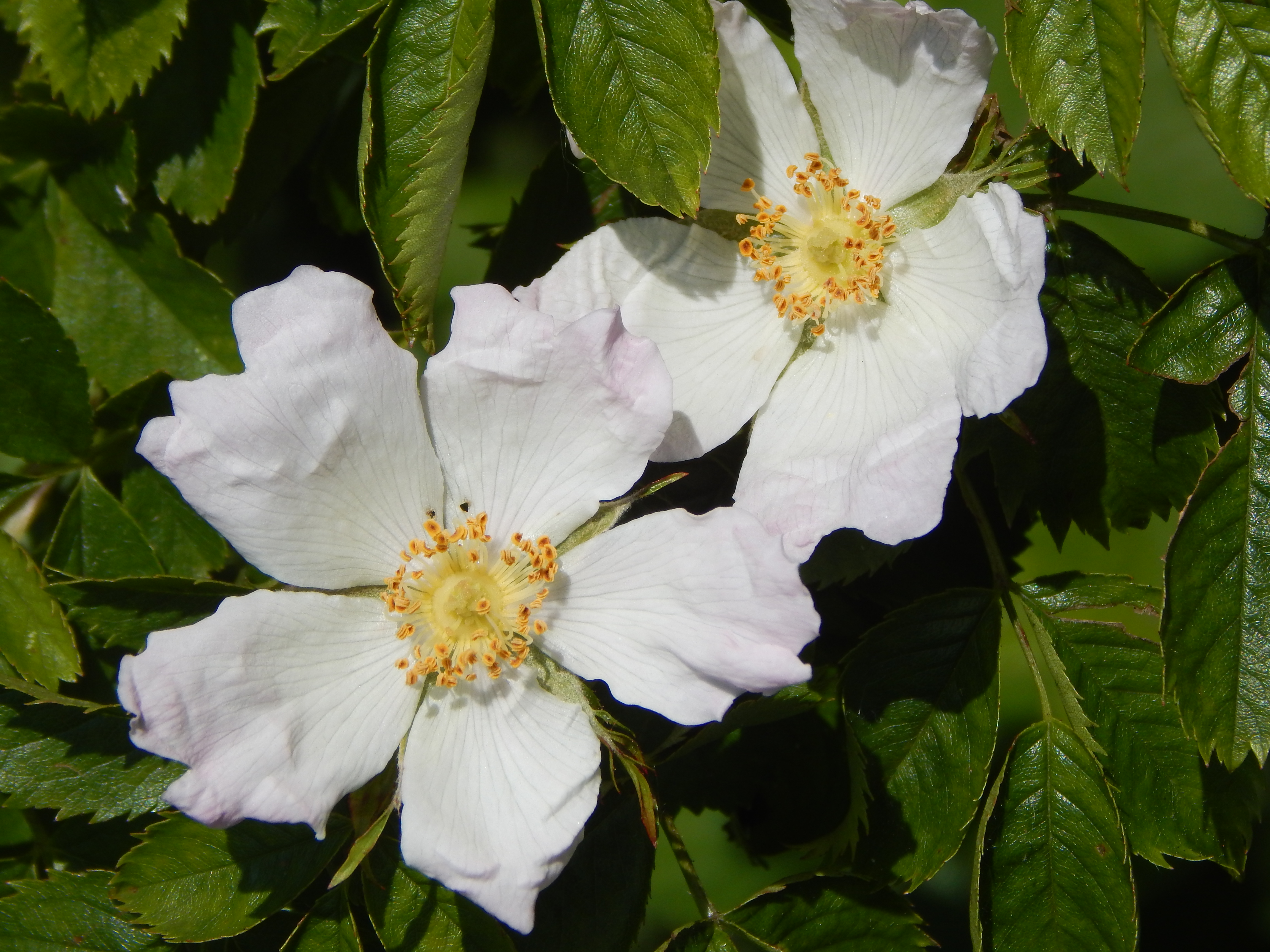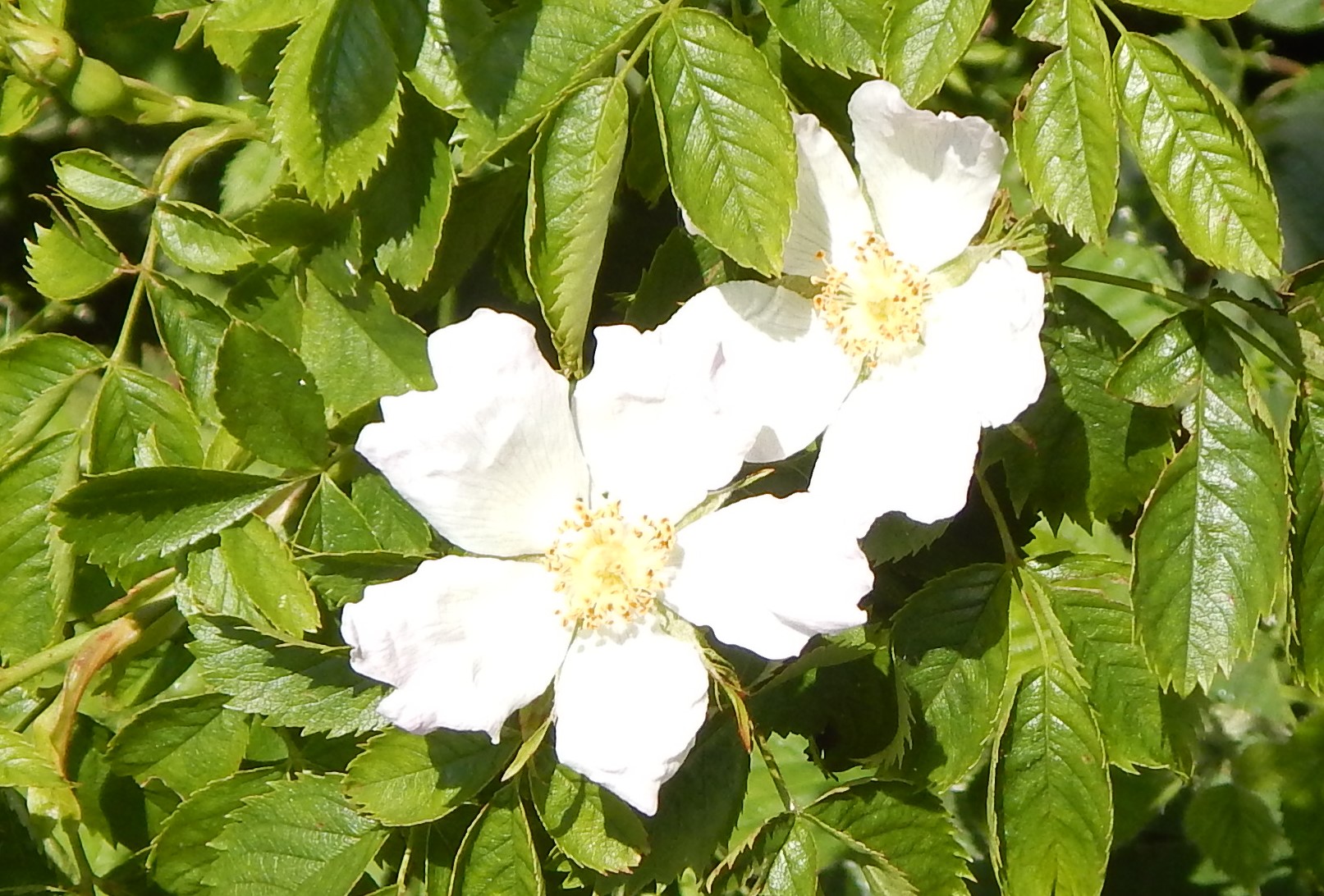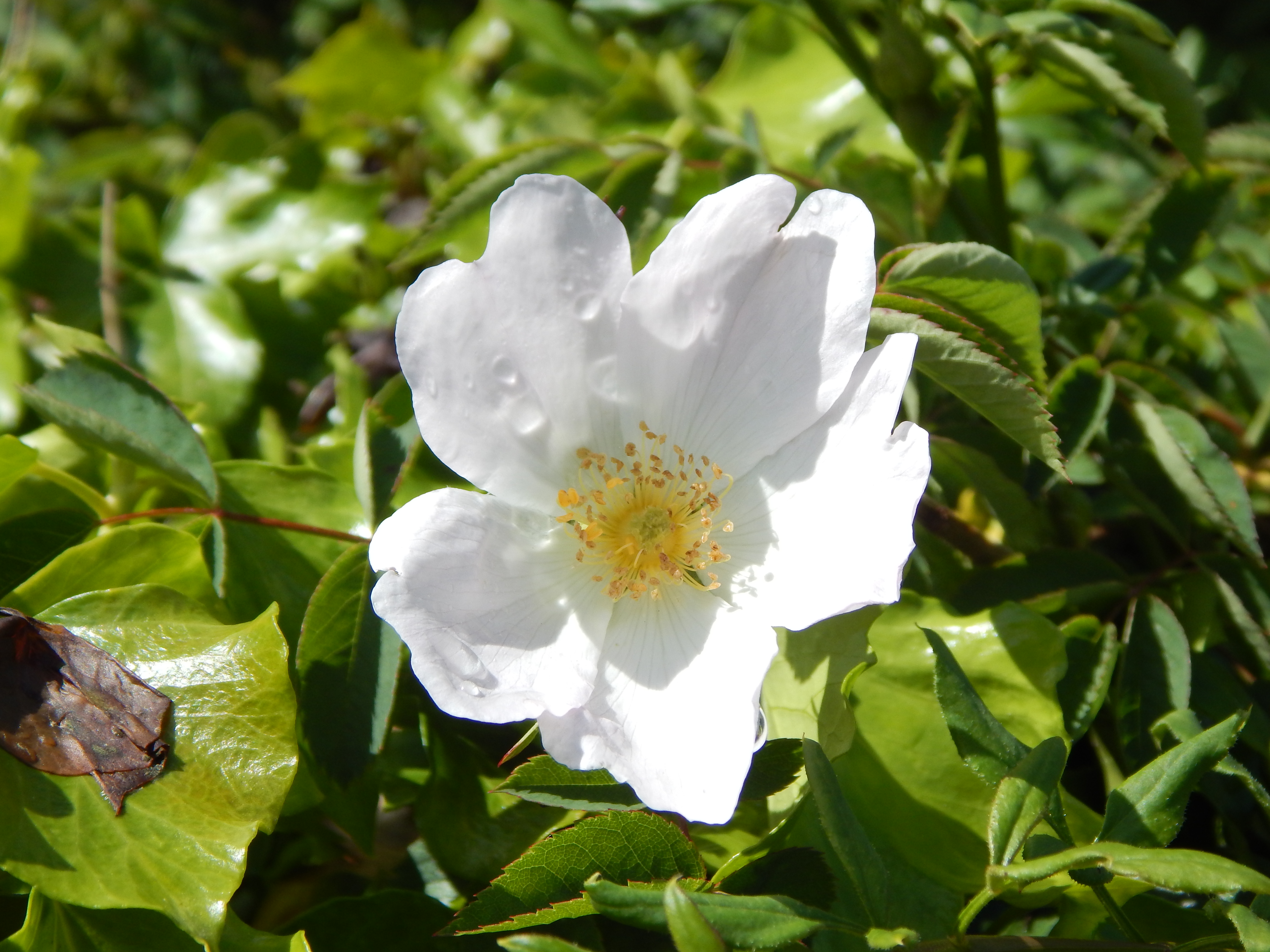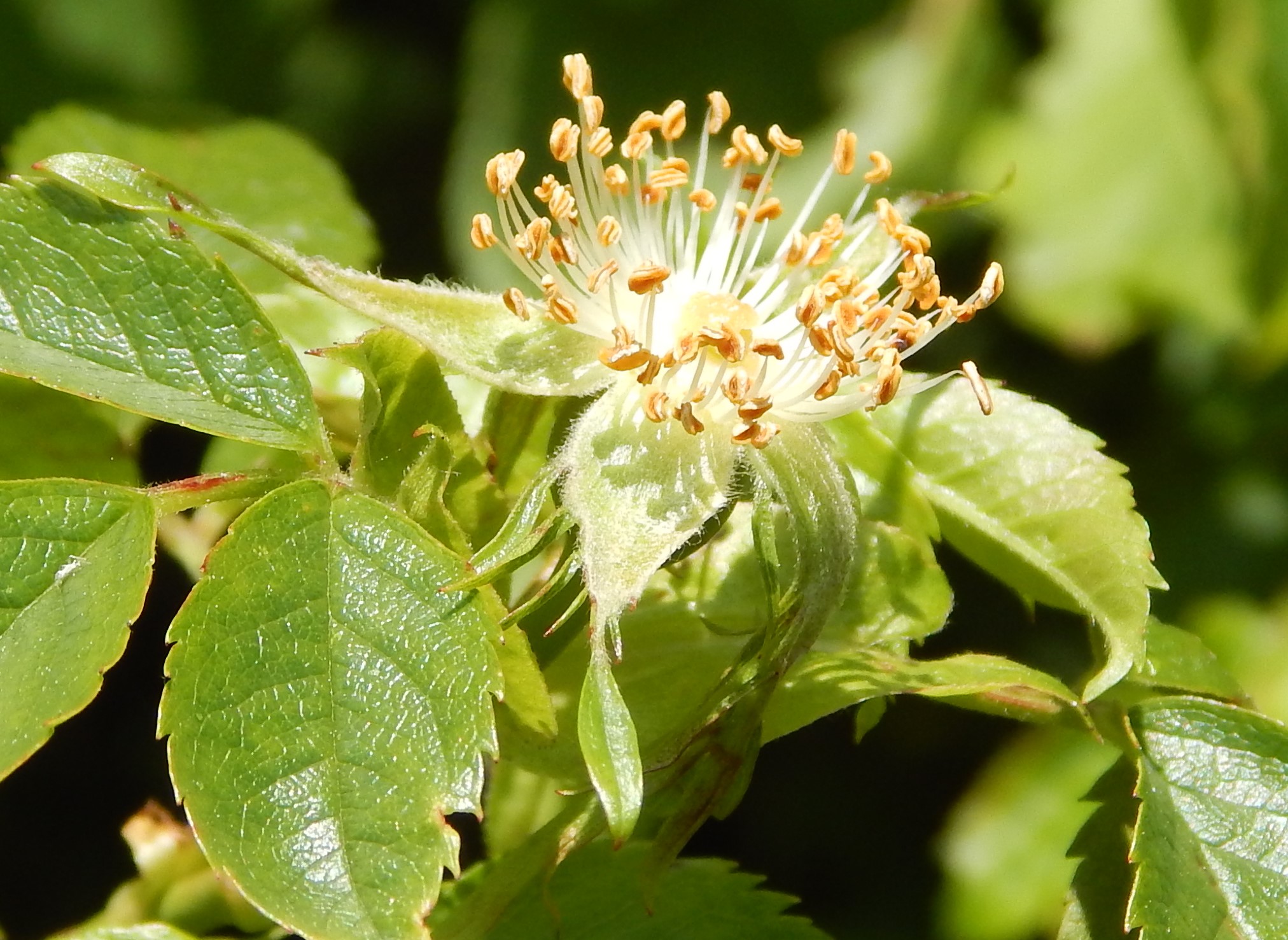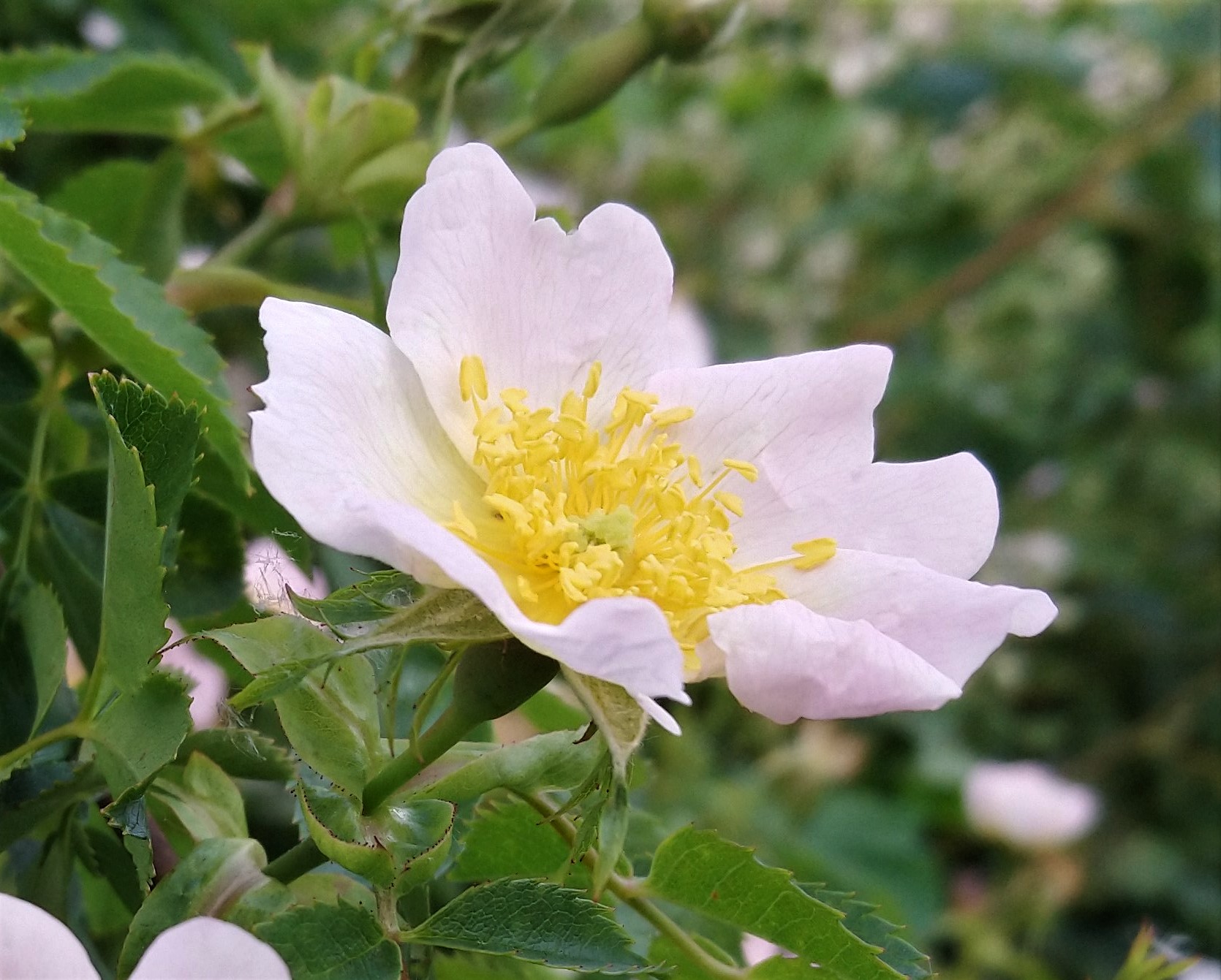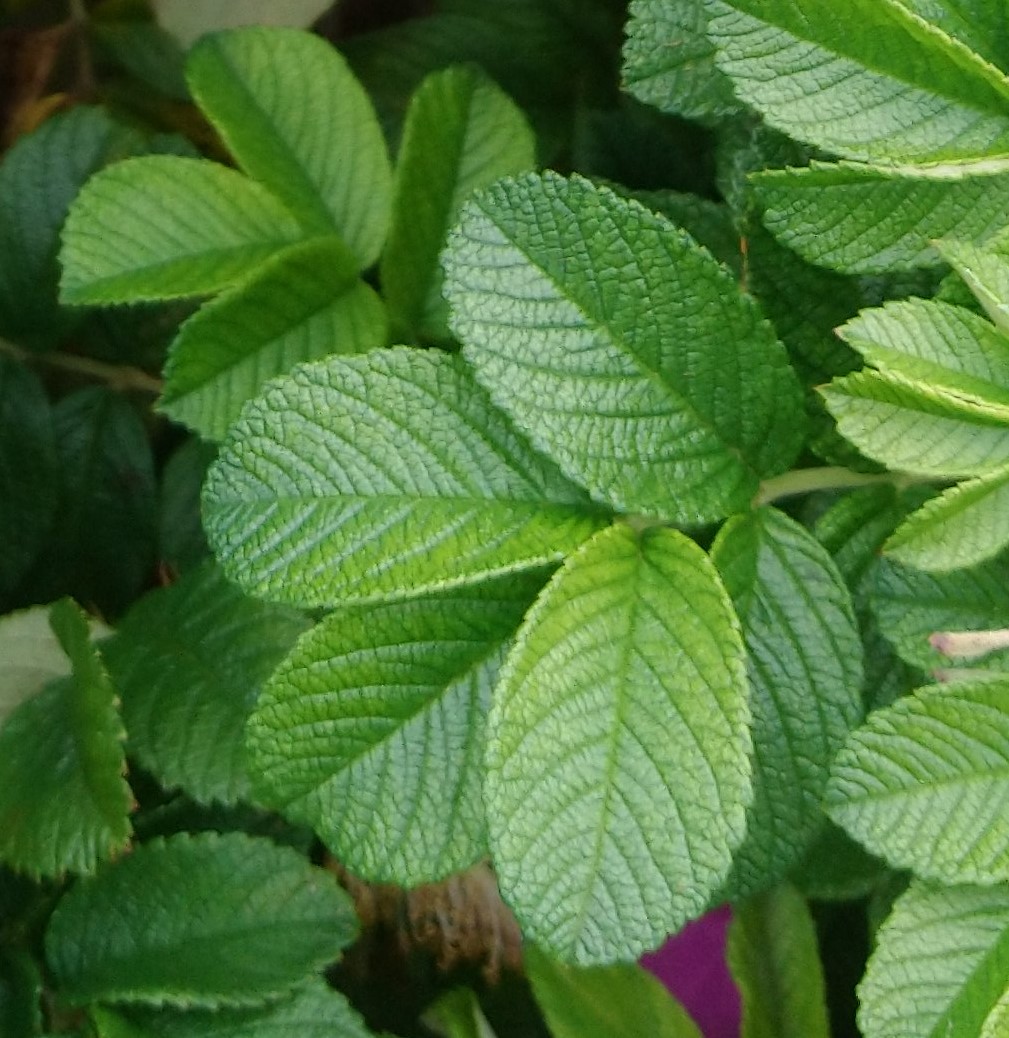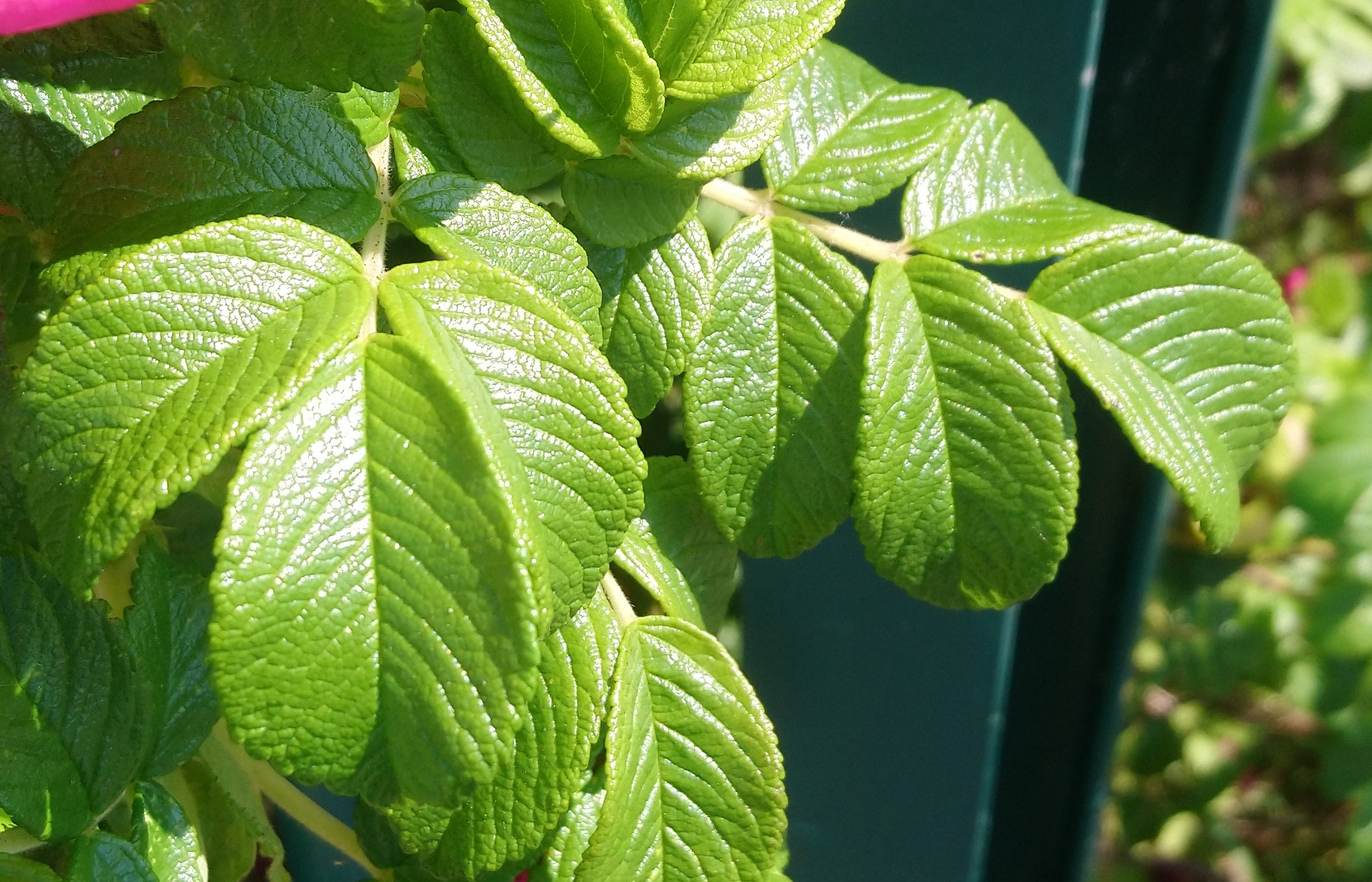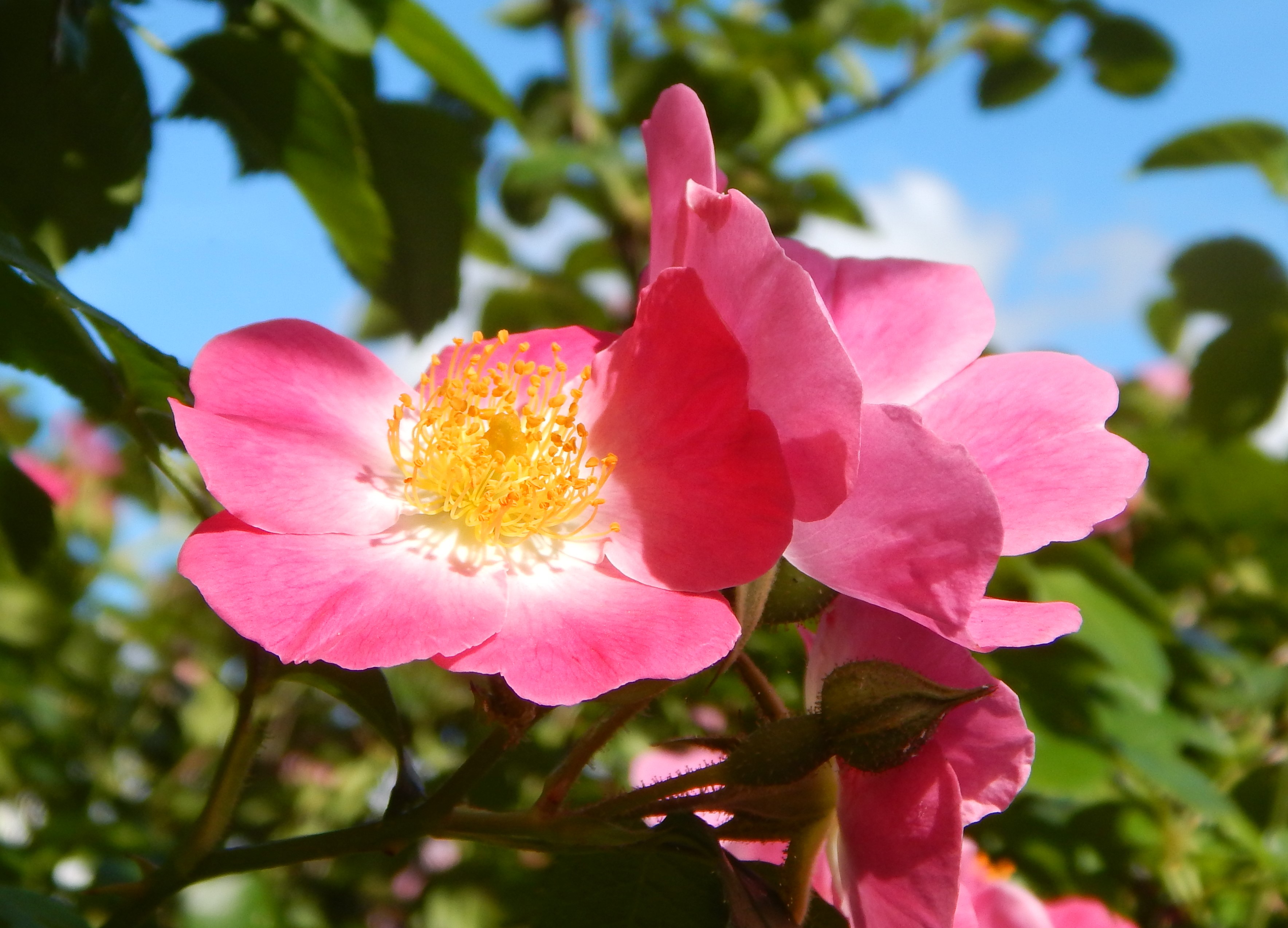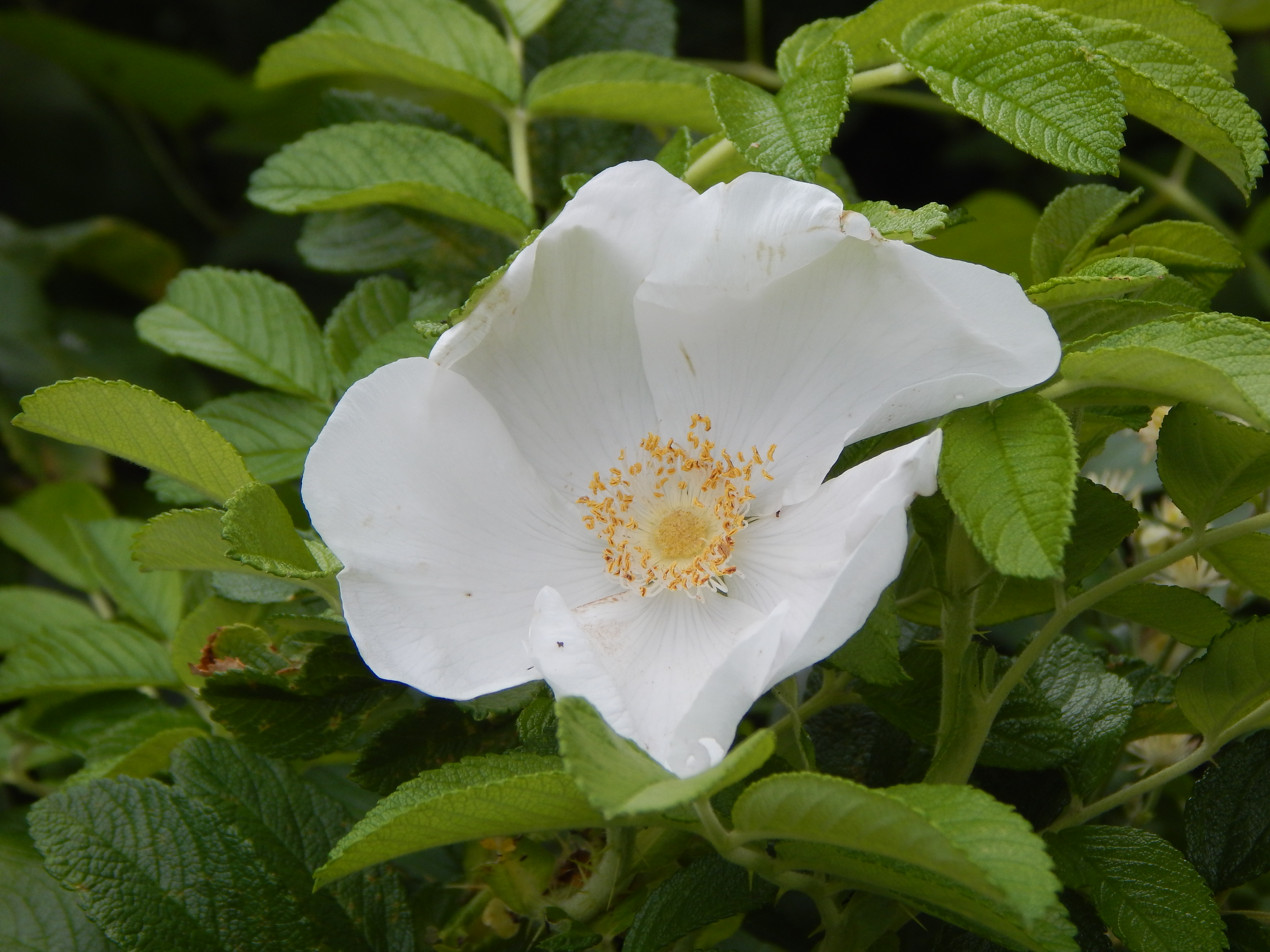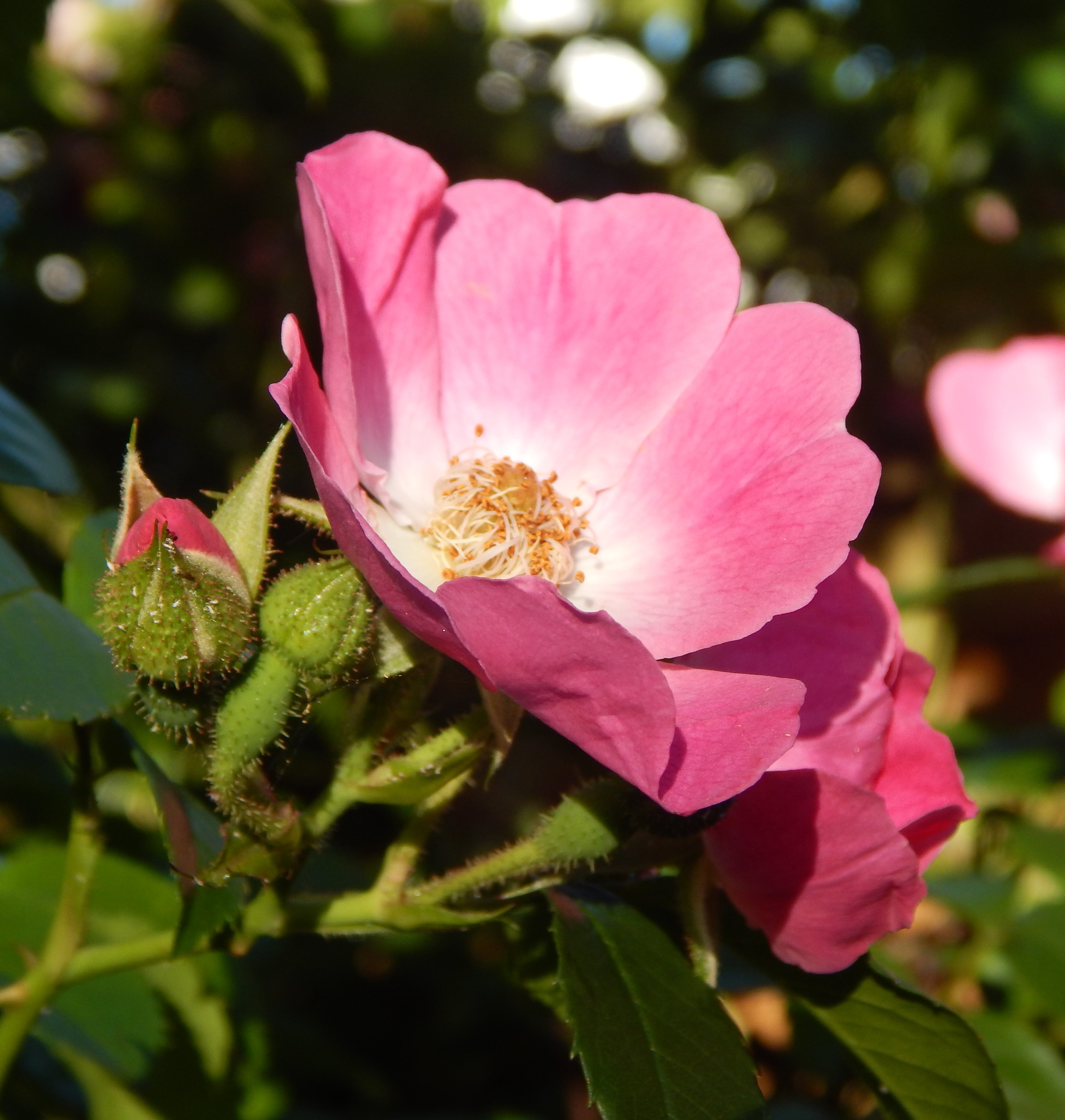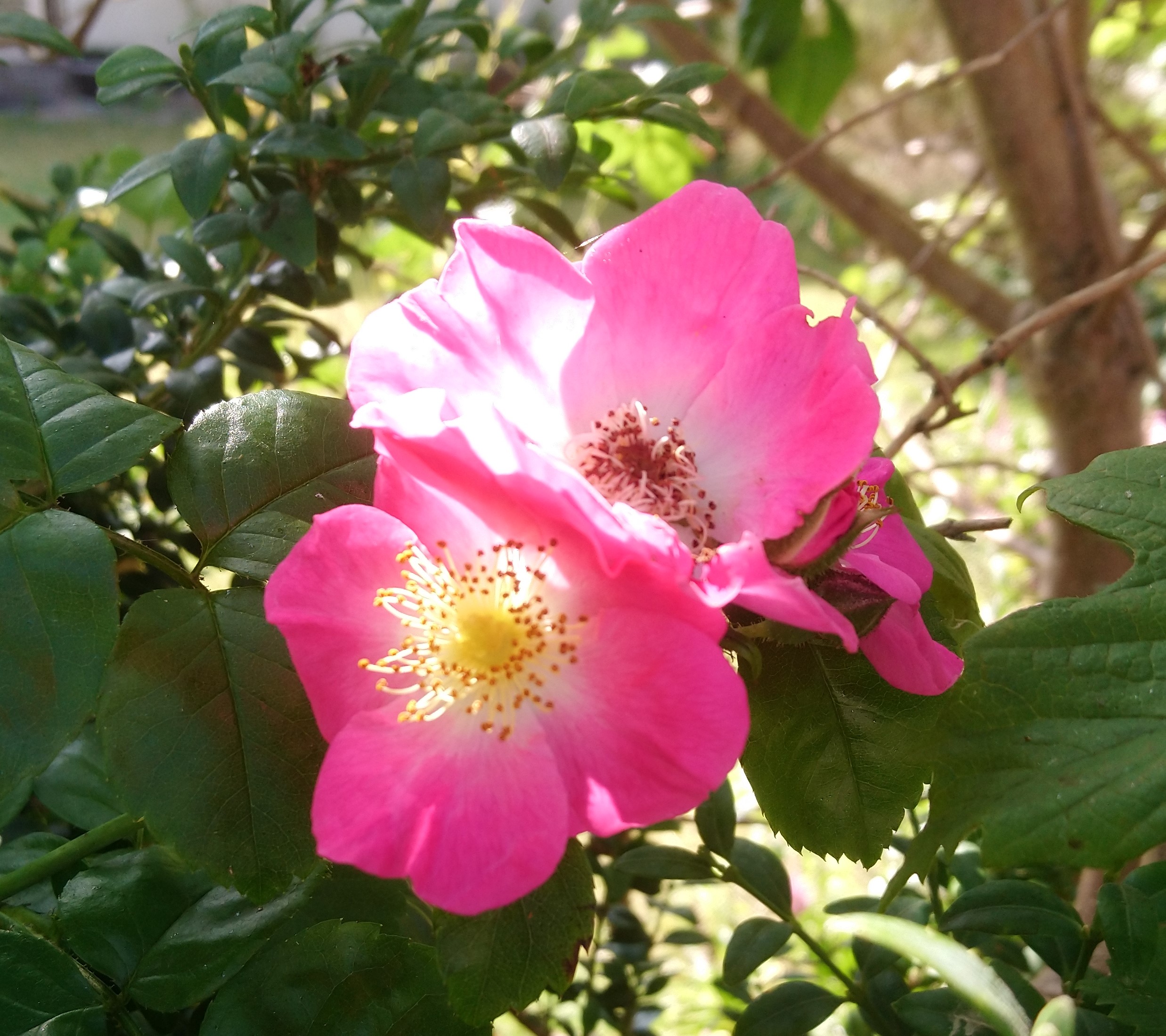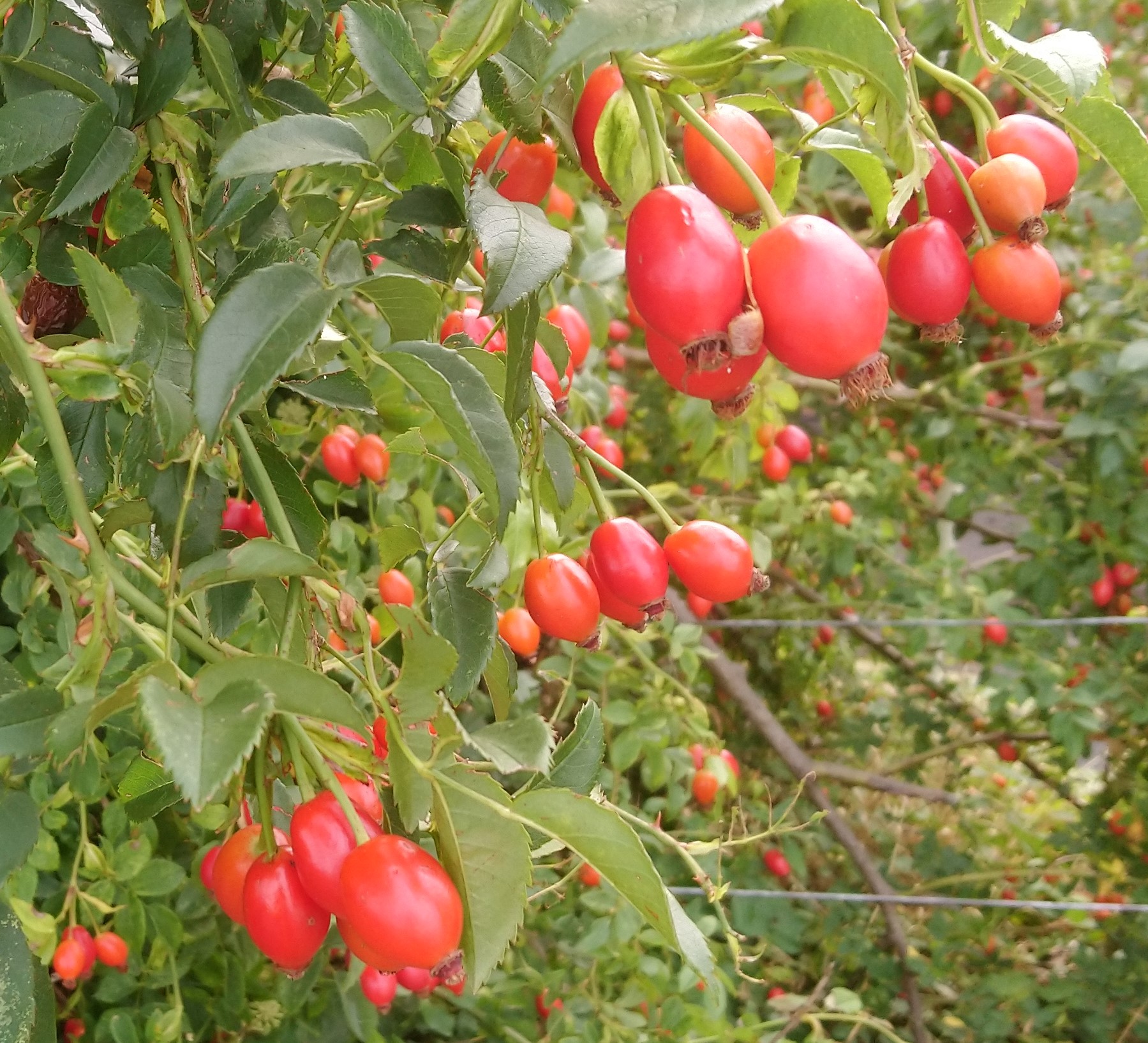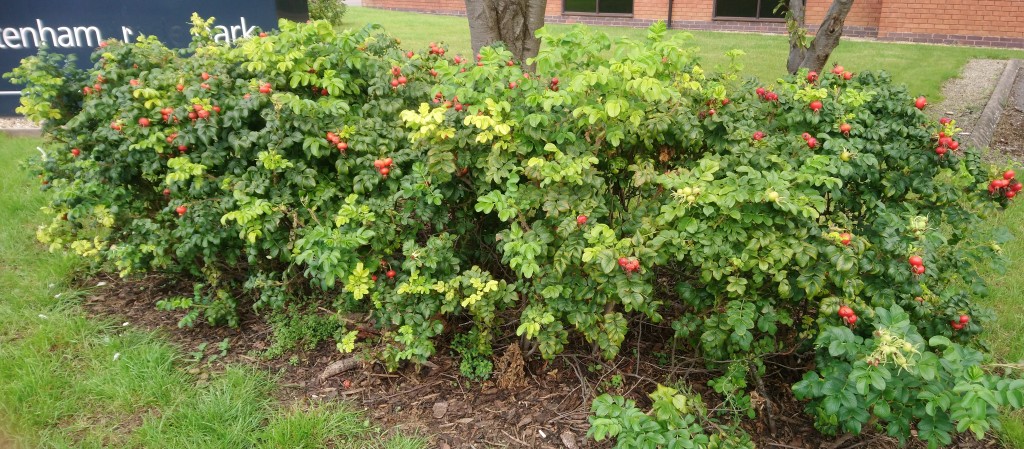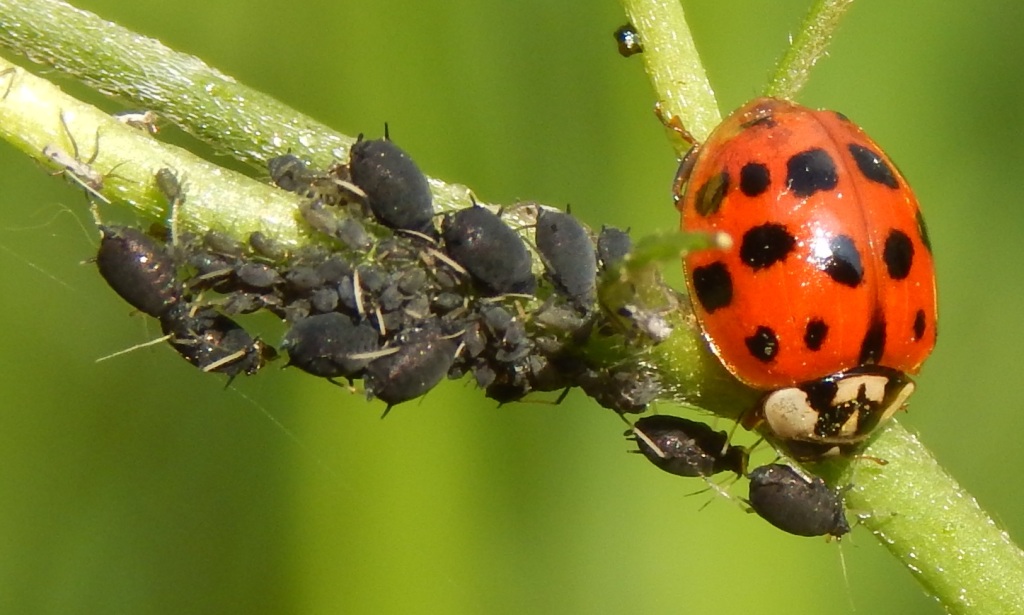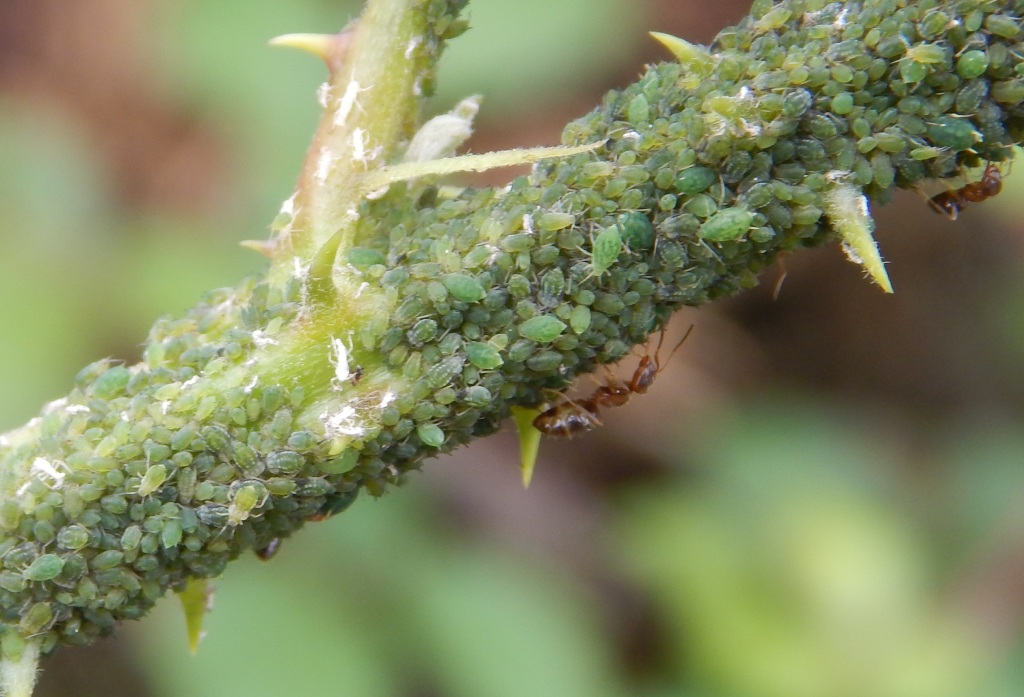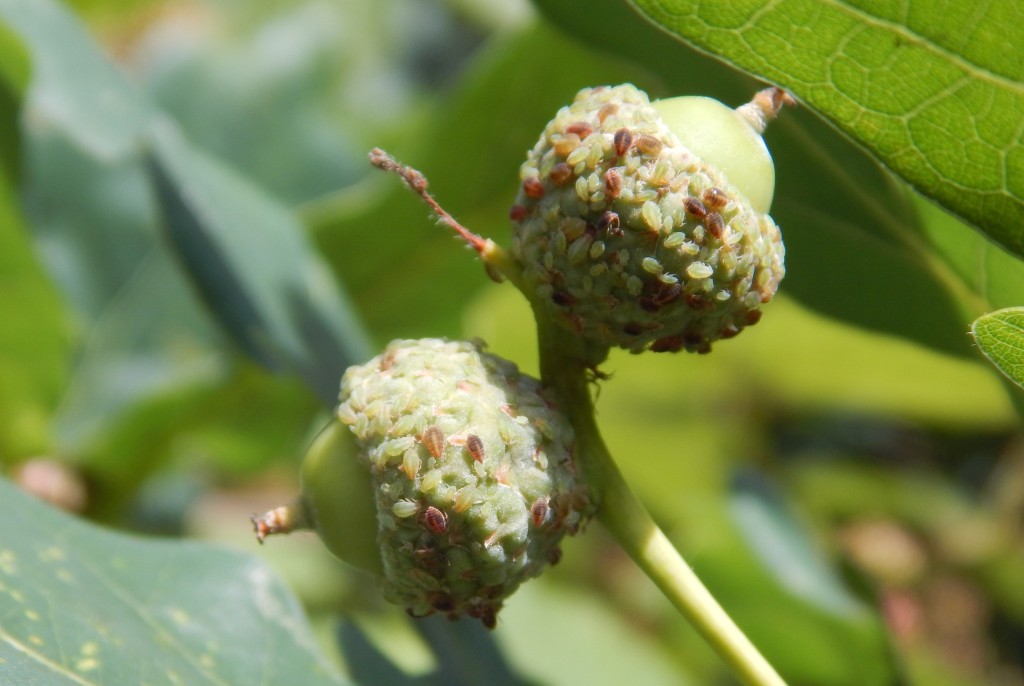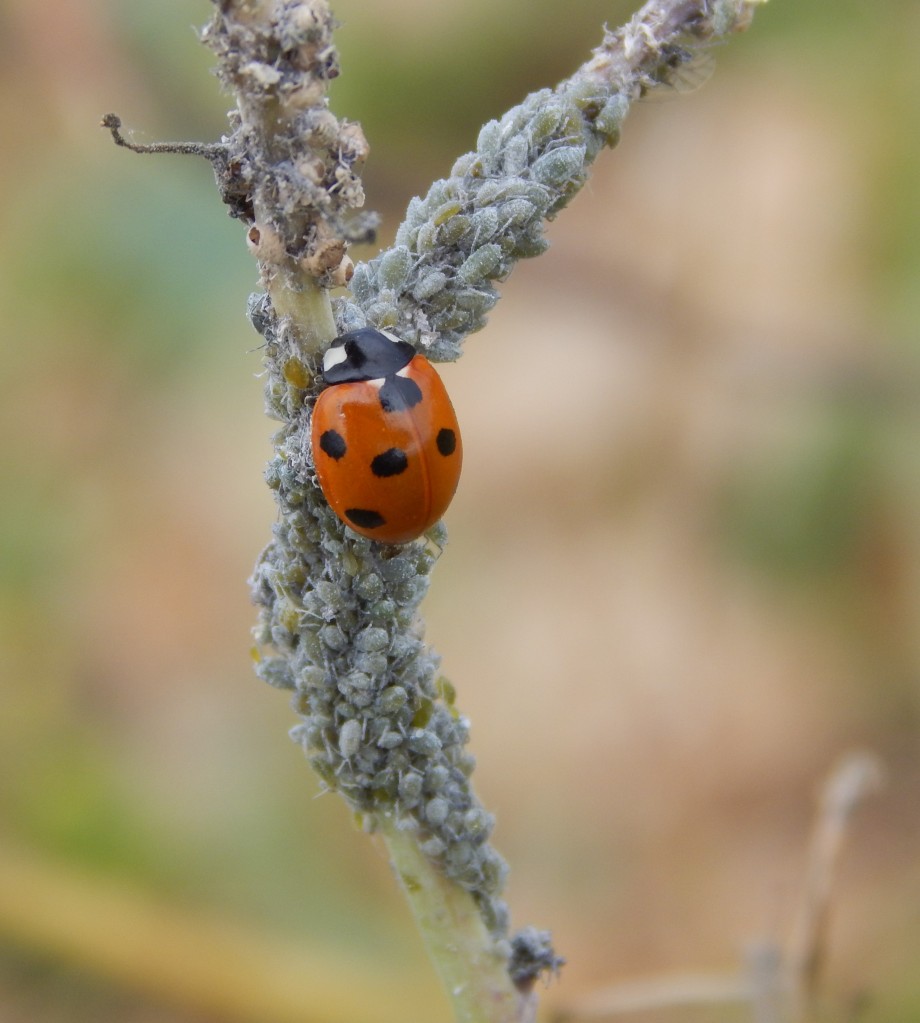
[305] Rosa Varieties, Rose
Introduction
I was going to use Rosa chinensis, the Chinese Rose, as a species of Rose originating in China that is one of the origins of modern garden Roses. But roses have been cultivated for so long that the thousands of varieties and cultivars are generally not identified to named species. They are probably all hybrids, grafted on to rootstock from Rosa canina or other hybrids. I will look at all garden roses today – apart from [304] Rosa canina and Rosa rugosa considered yesterday. It will be relatively short with about fifty pictures of rose flowers.
Taxonomy
Kingdom – Plants
Division – Vascular Plants
Class – Angiosperms (Flowering Plants)
Order – Rosales
Family – Rosaceae
Genus – Rosa
There are thousands of varieties and cultivars coming from historical hybrids of uncertain origins.
Roses are grafted on to rootstock, which is of only a few types. These are mostly hybrids based on Rosa canina.
Names
The following notes about classifying and naming types of plants below the species level include some generalizations and simplifications.
The International Code of Nomenclature for Algae, Fungi, and Plants defines naming conventions used in plant Taxonomy. I try to keep to the right naming conventions and normally give genus and species identification.
In the world of horticulture, the word variety is used loosely and usually corresponds to the formal term Cultivar. A cultivar is a formally identified type of plant, bred specifically and sometimes marketed under a legally protected name. It is produced by crossing many other varieties. There are thousands of cultivars of roses and most of them are from hybrids rather than specific species. They have another system of conventions, identified in the International Code of Nomenclature for Cultivated Plants.
Cultivars are named to the species level by the rules for plant identification, with the addition of a cultivar epithet – enclosed in single quotes, fully capitalized and not italicized. So, the familiar Granny Smith apple is actually Malus domestica ‘Granny Smith’. Often, especially with roses, the species epithet is left out (for a hybrid) and the common name can be used instead of the scientific name as Rose ‘Duchess of Cornwall’ for Rosa ‘Duchess of Cornwall.’
There are about 35 000 cultivars and hybrids of roses including thousands named after real or fictional people and many hundreds named after places.
History
Roses have been cultivated as ornamental plants since 500 BC or earlier in China and around the Mediterranean. The development of the many cultivars available today started around the Nineteenth Century.
Roses are still very popular in gardens and parks. The production of roses and development of new varieties are both major industries. Wikipedia lists about a hundred people worldwide who are famous for their work in developing new types of rose.
Description
Species of roses are erect shrubs that can use their prickles to climb up over other plants. Most species of Rosa started much like the Dog Rose with five petals. About 150 species come from Eurasia and North America. Flowers are various shades of yellow, white, pink, lilac and red.
Extensive selective cultivation has led to a wide variety of rose cultivars. They can be classified by their types with some taking the form of small trees or shrubs or climbers. Most have larger flowers with many layers of petals. Extra petals can develop instead of stamens leaving flowers that cannot develop fruits. In any case the tightly packed petals often prevent pollination by insects so they do not normally produce rose hips.
Flowers of cultivated roses come in almost all colours.
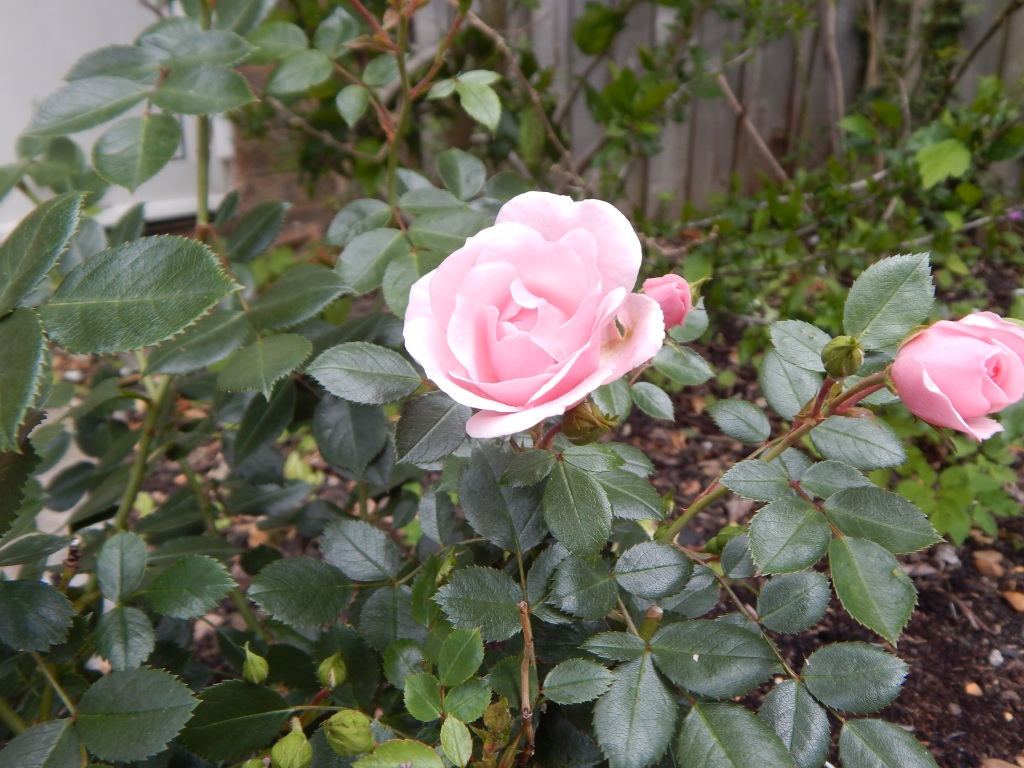


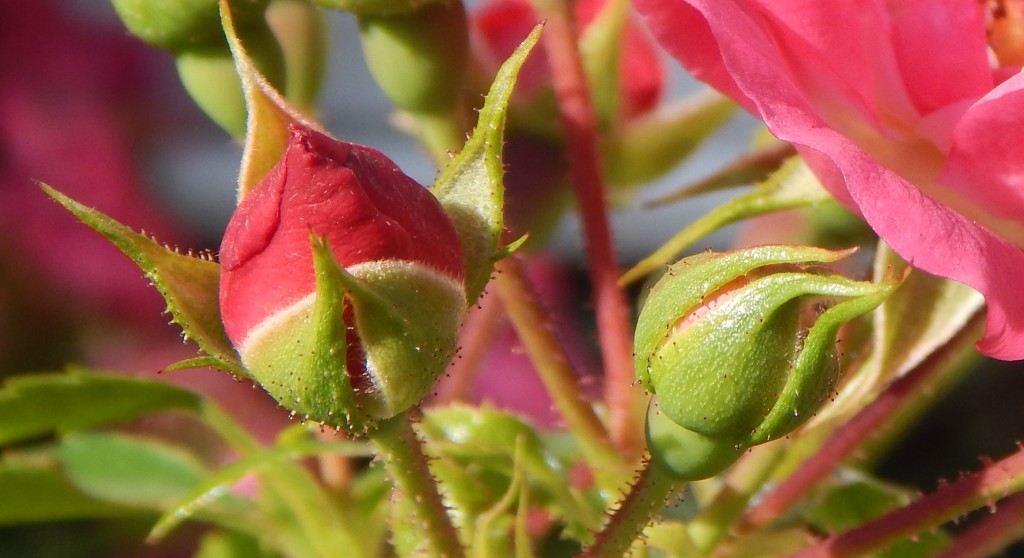


Cultivation
New varieties can come from complex cross-pollination of other varieties or can arise from a single sport – a chance genetic variation in a single plant that may only be possible to reproduce vegetatively. (We have seen this in [142] Copper Beech and [104] Saffron. The Bramley apple is another classic example.)
I won’t go into details but roses are often propagated by grafting. All horticultural roses are grafted on to a rootstock, often but not always Rosa canina.
Habitat and use
Roses are grown as garden plants and sold as cut flowers. A few species are cultivated specifically but must horticultural roses are cultivars developed from hybrids.
Perfumes are made from Rose oil and rose water is used in cooking, cosmetics, medicine and in some religious practices.
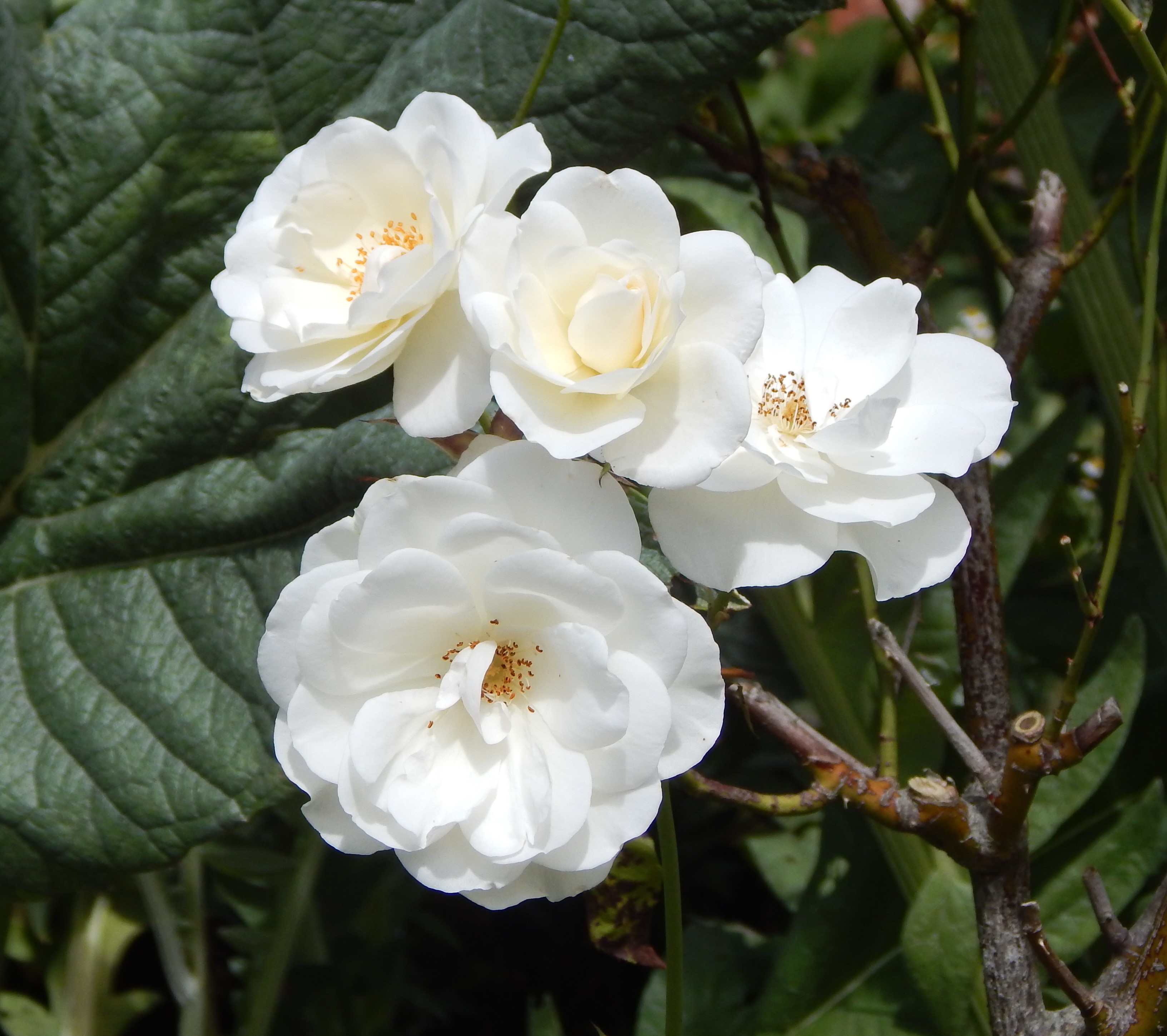
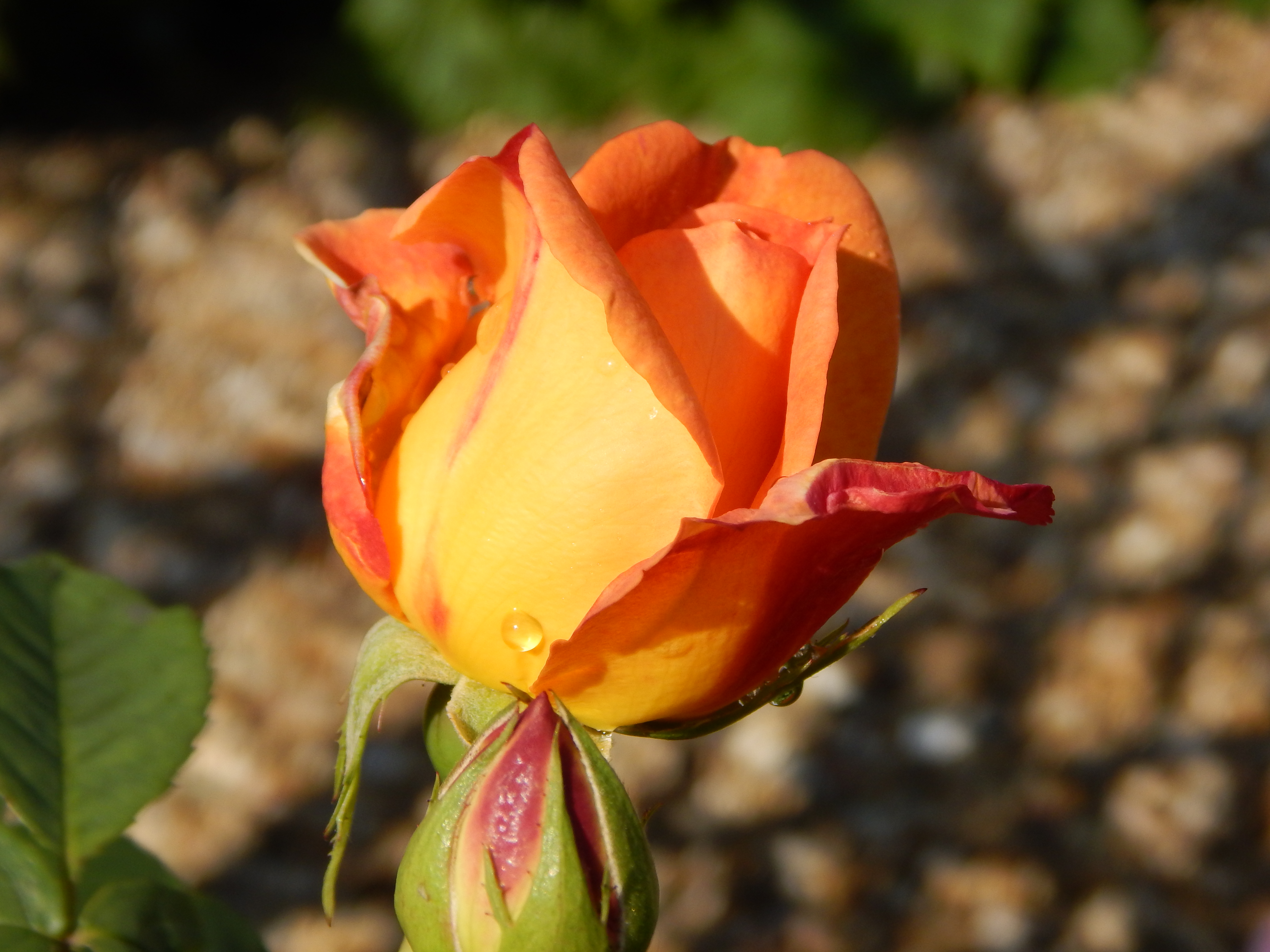
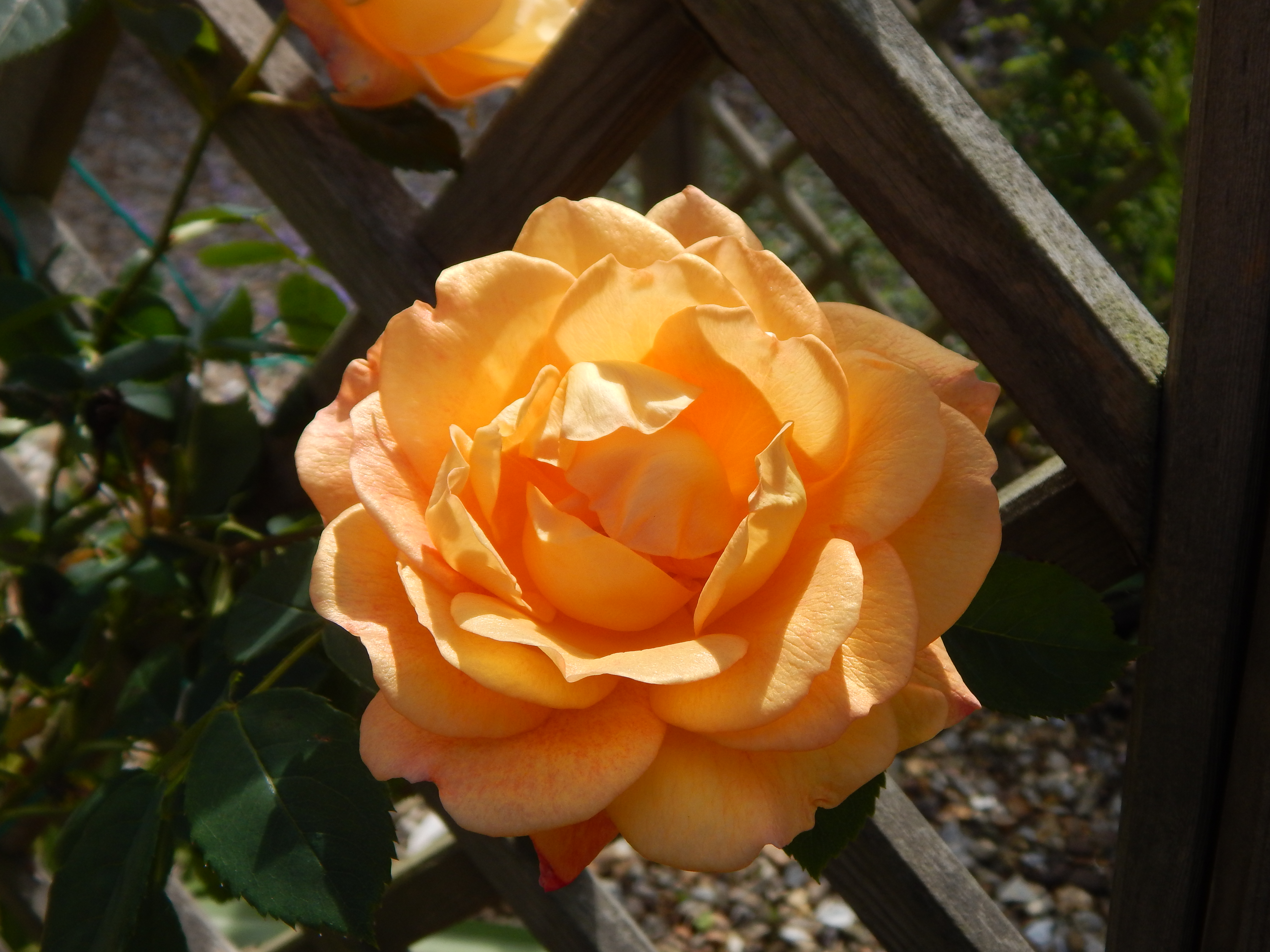


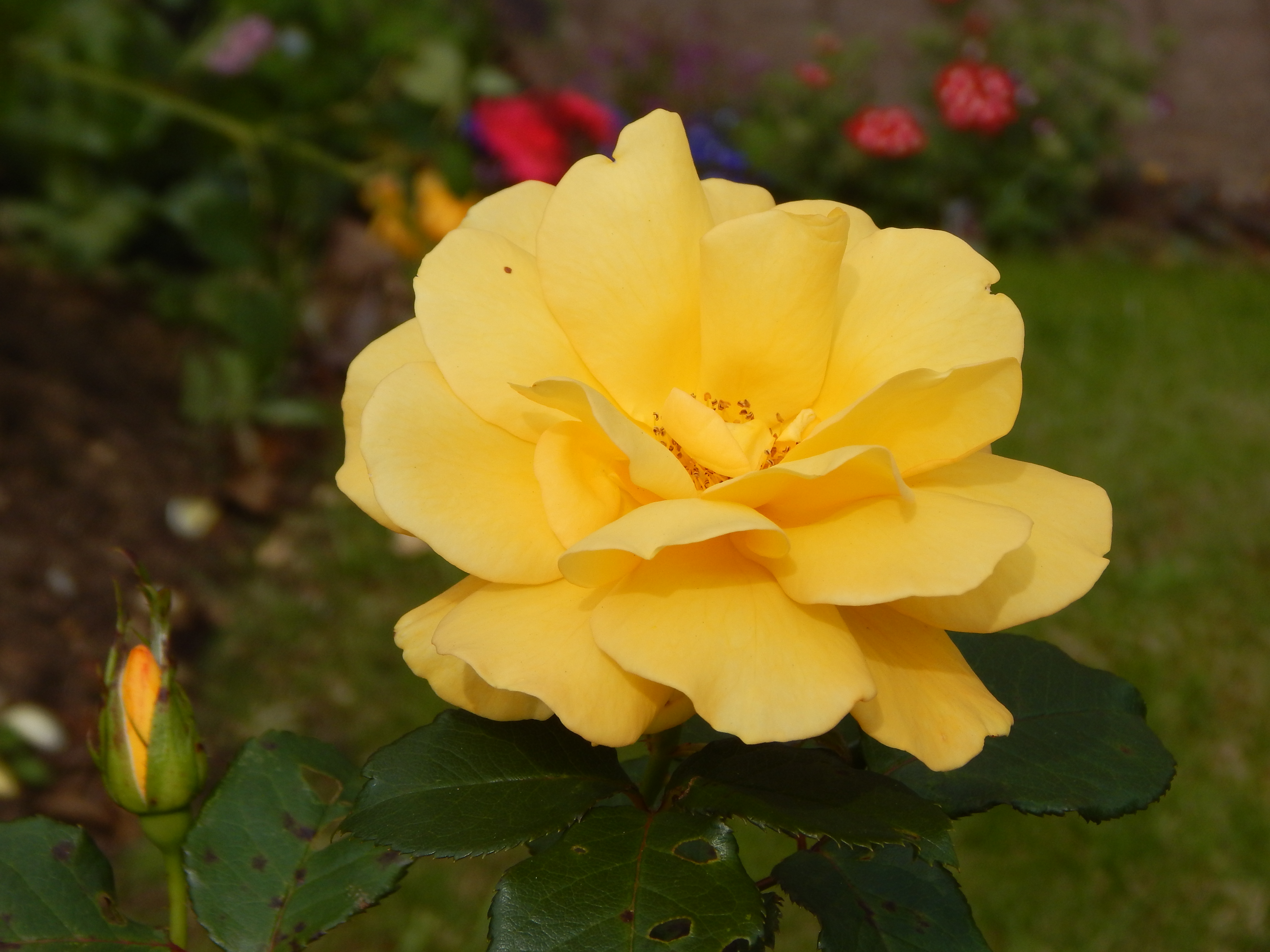




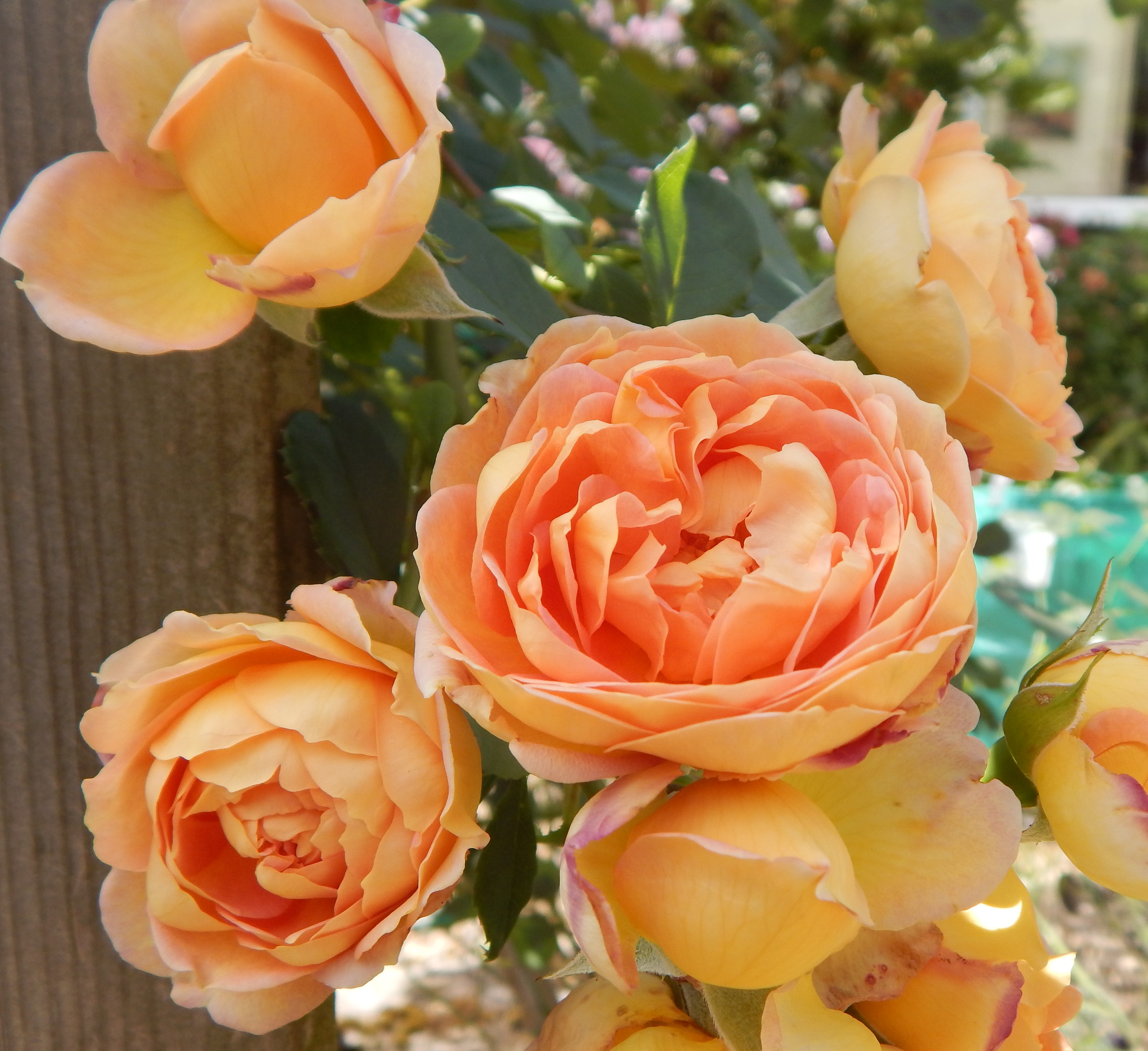
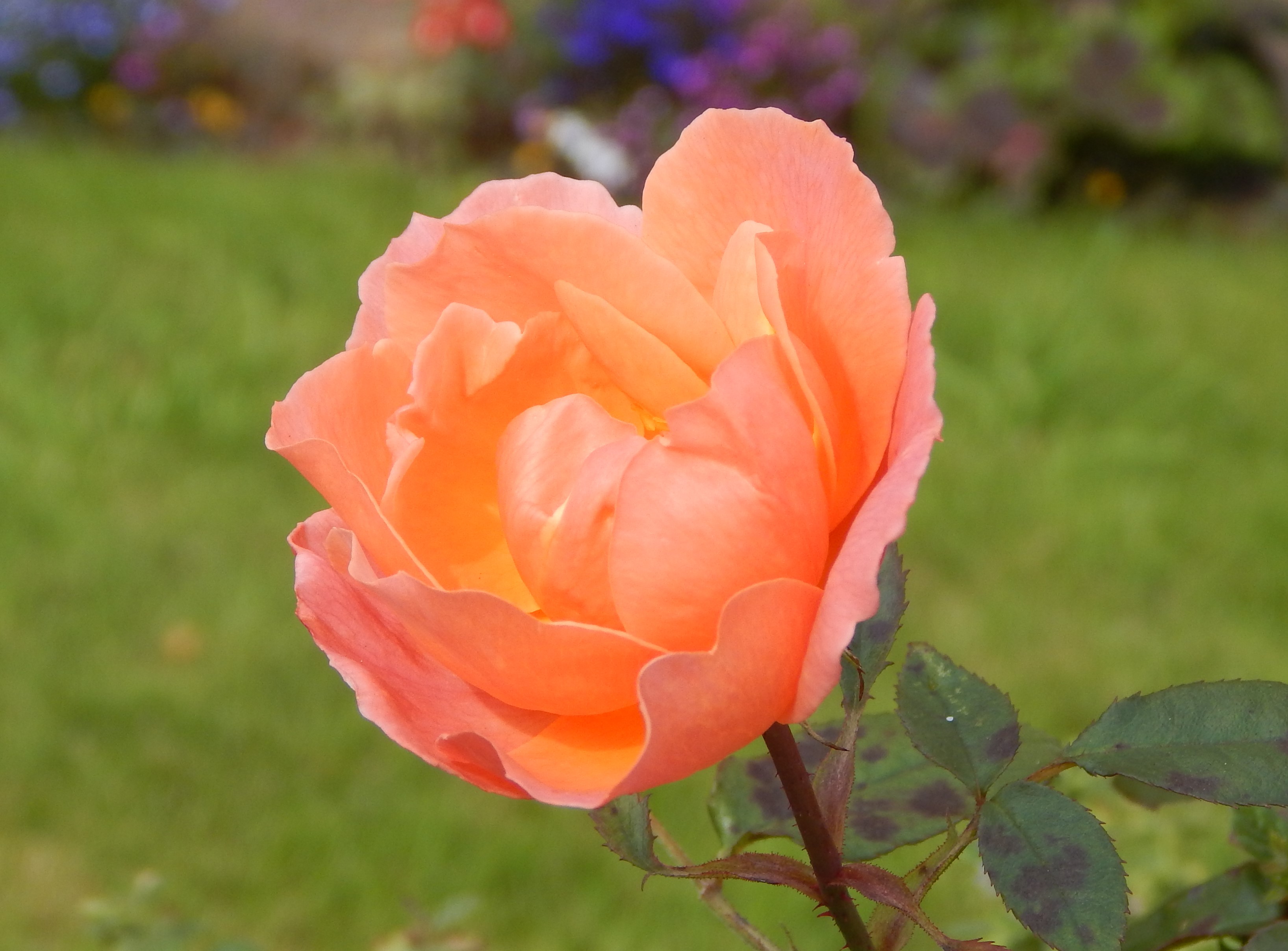
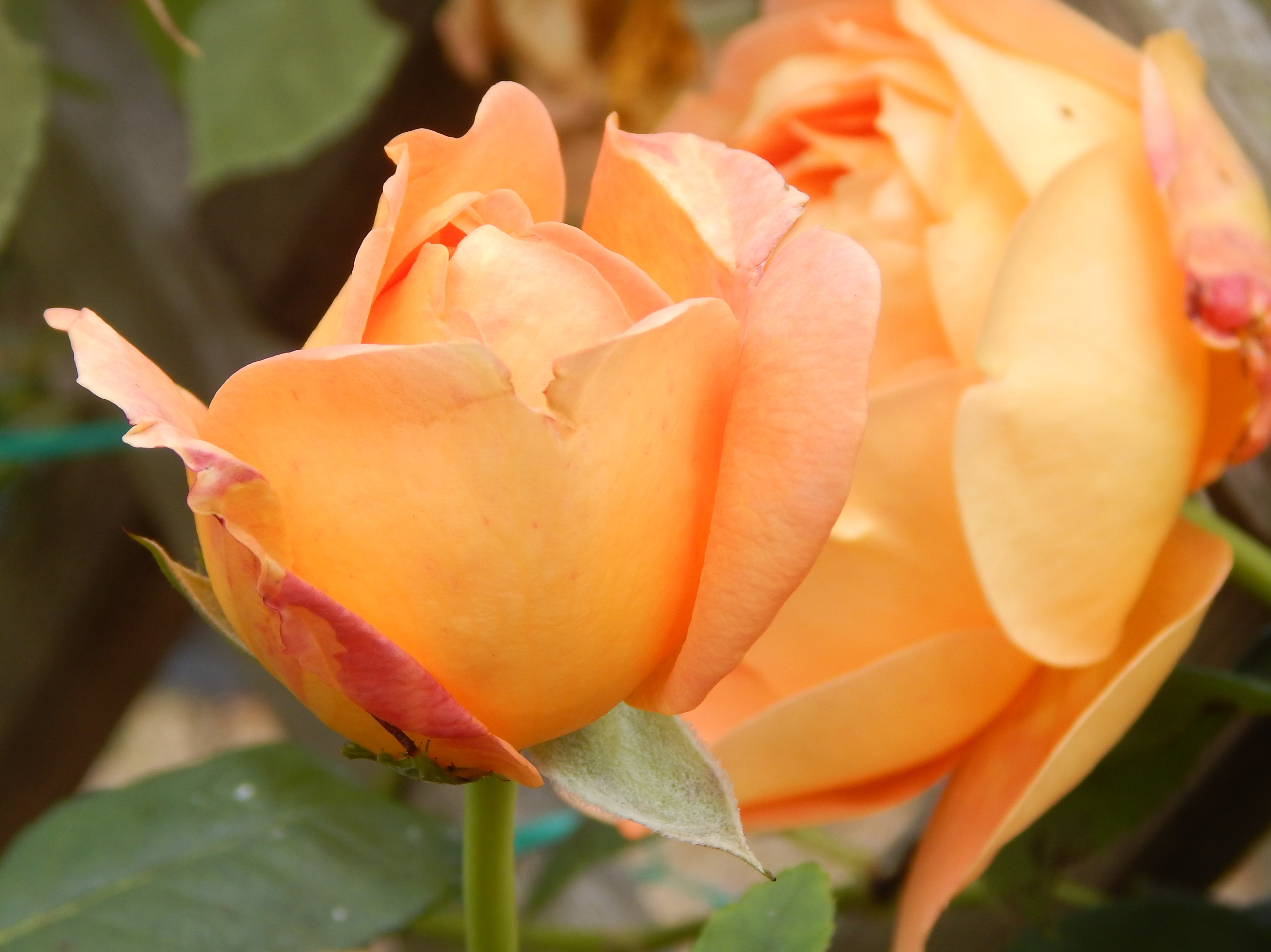


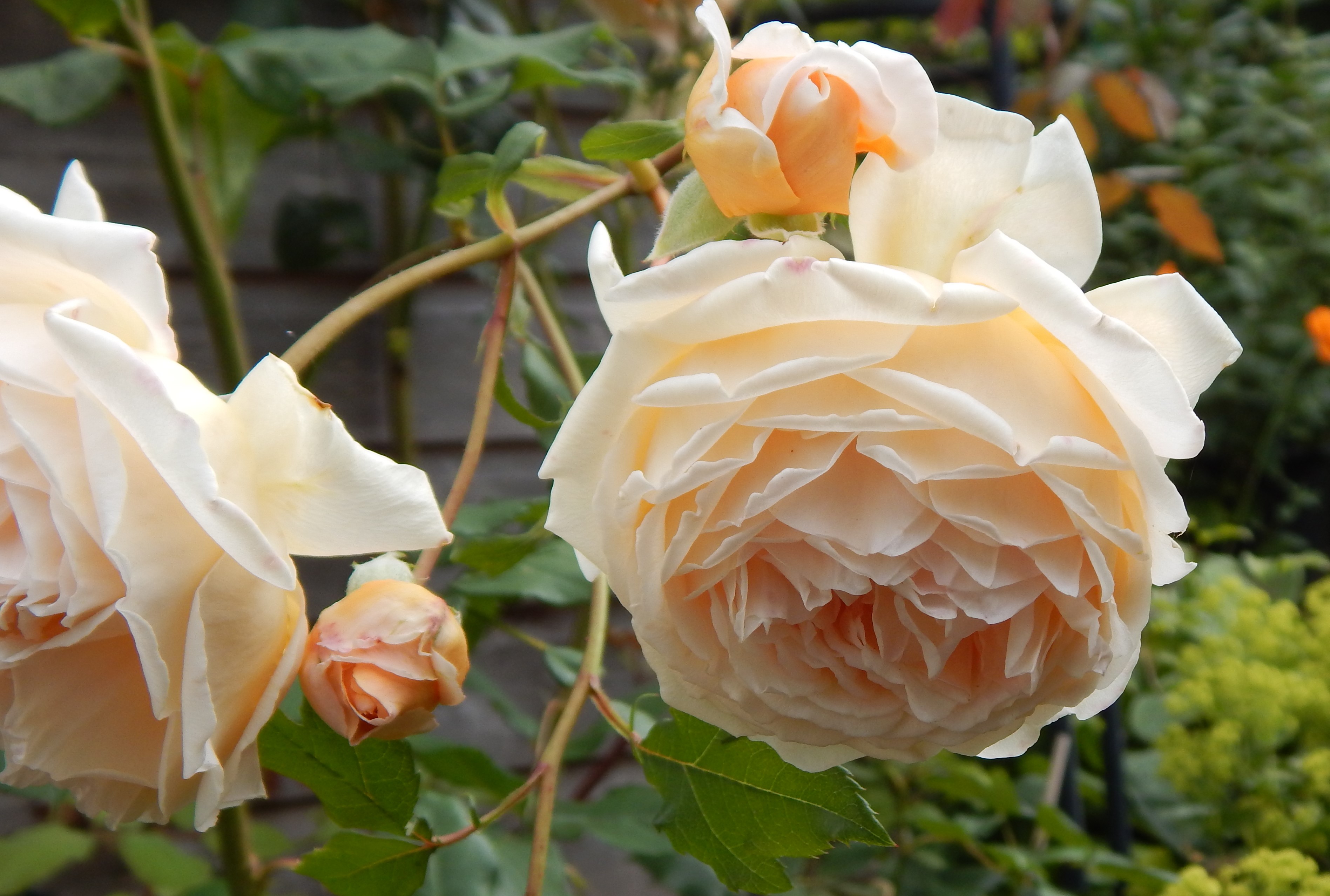

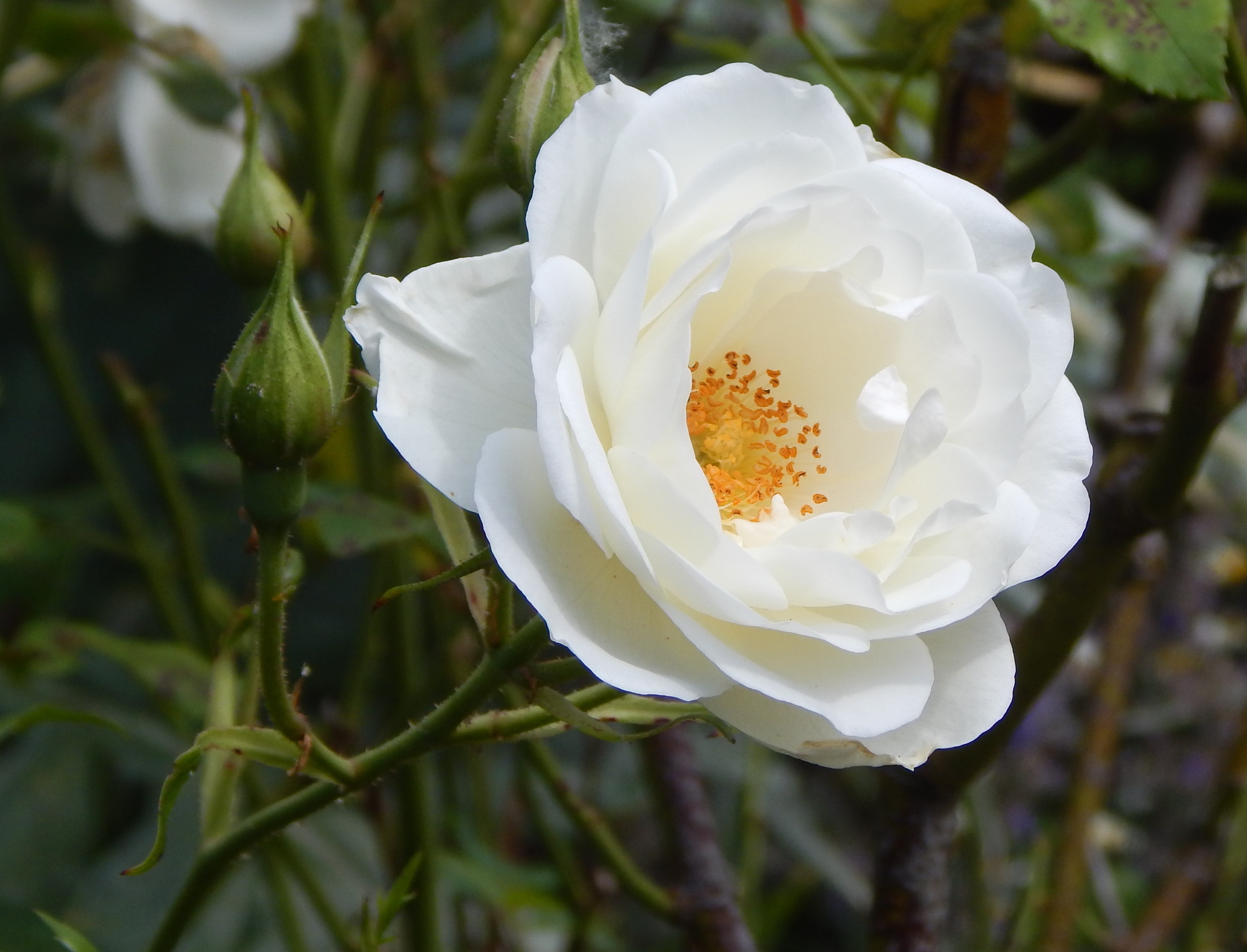













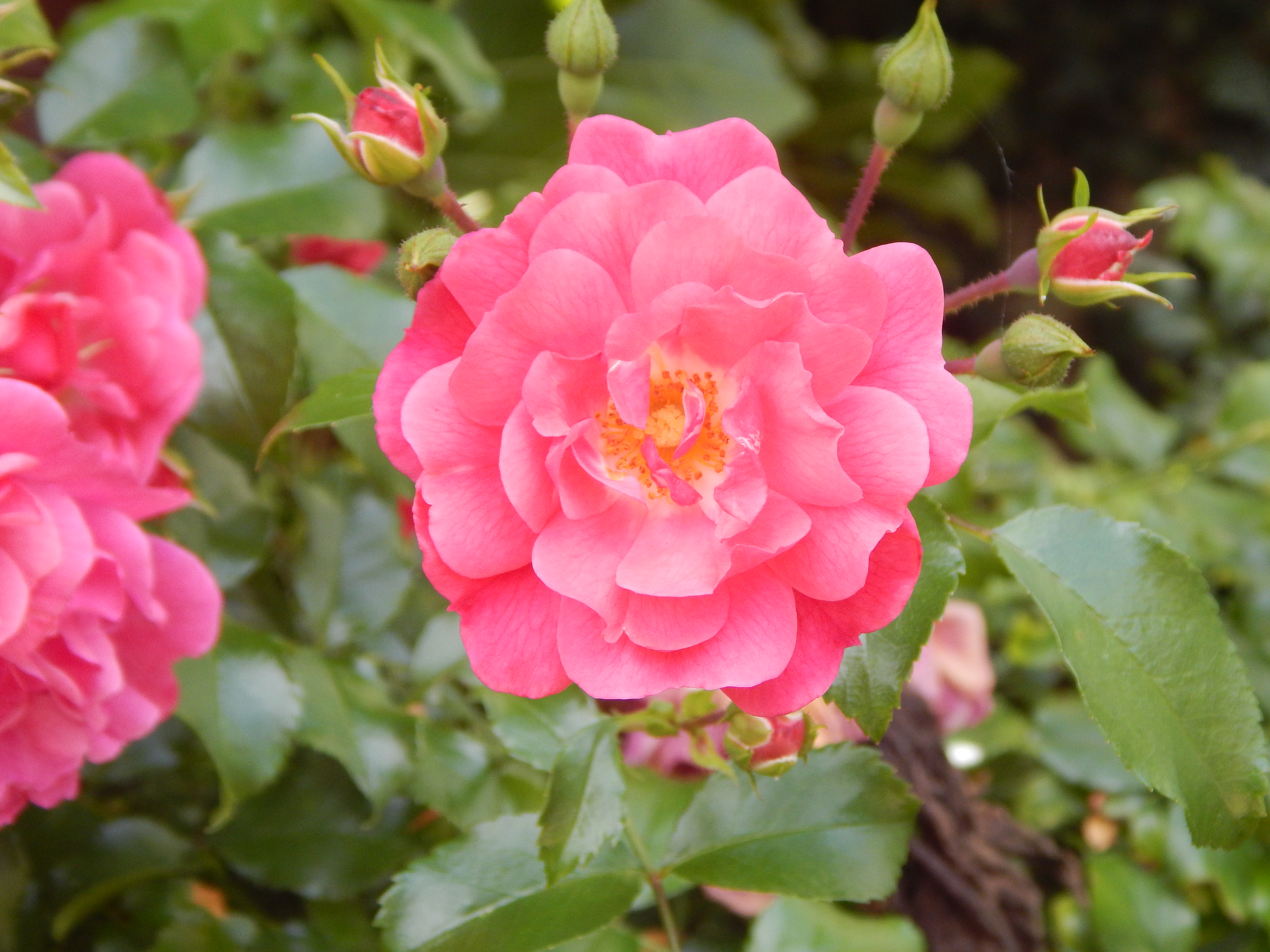

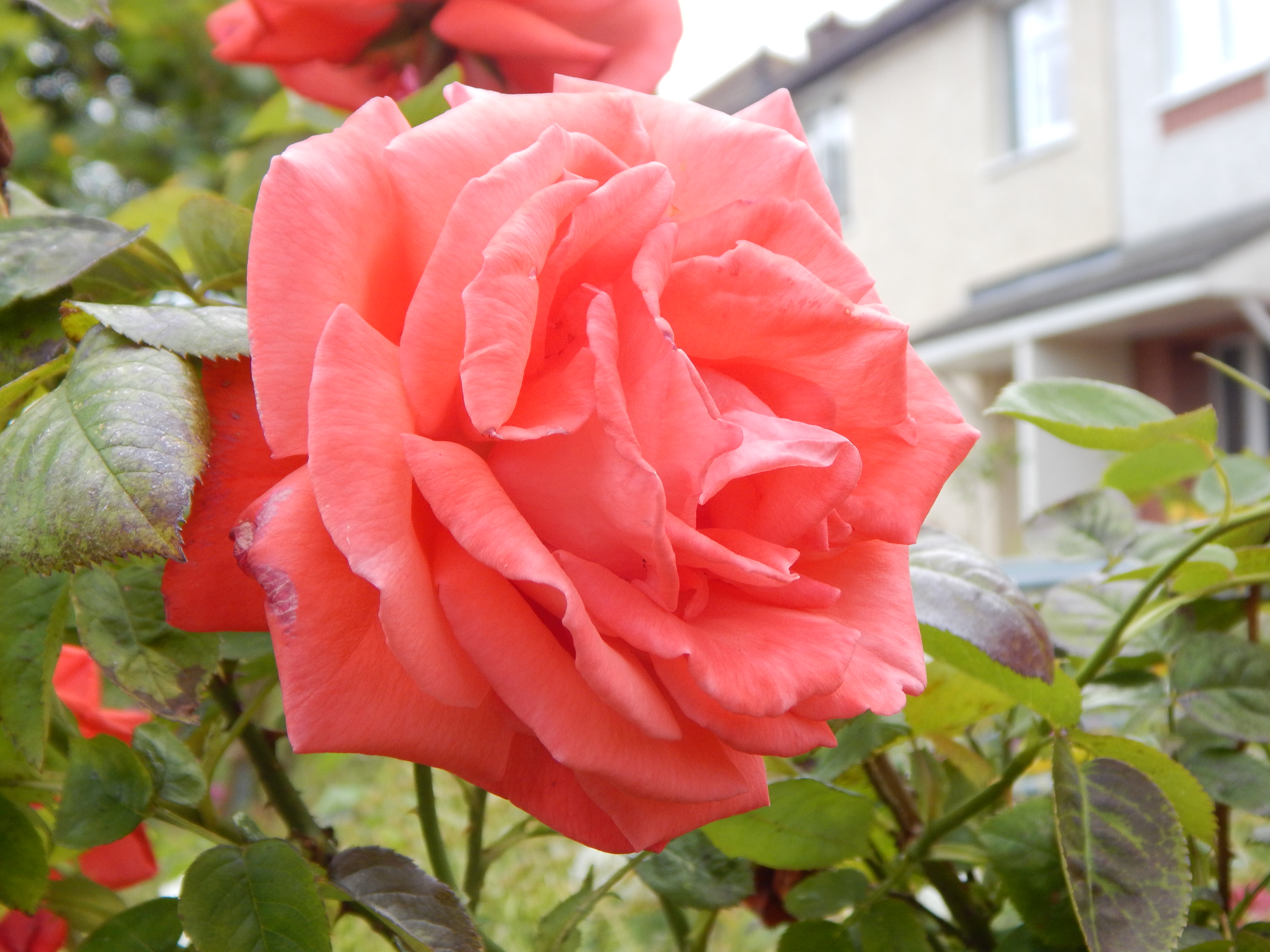




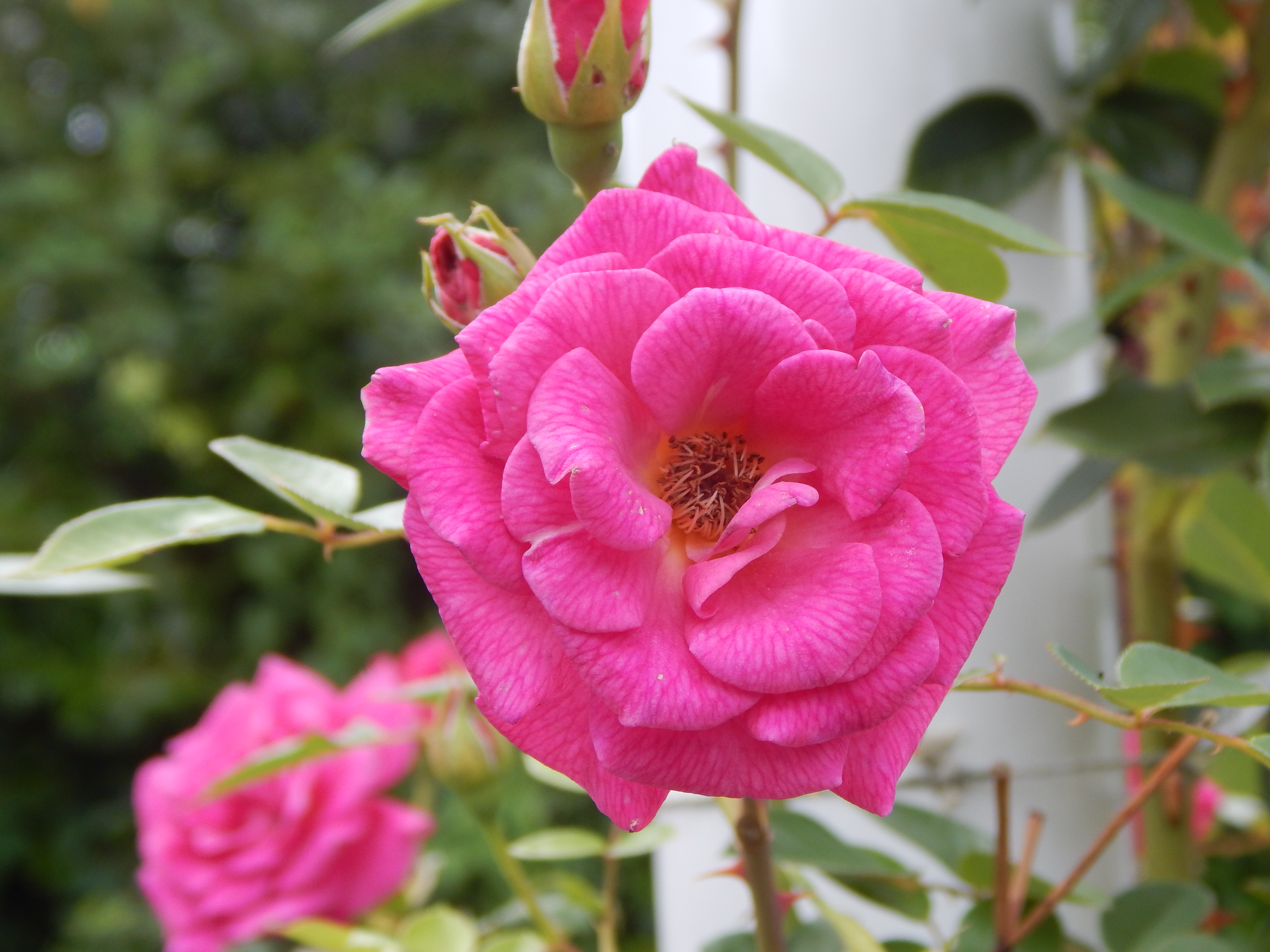
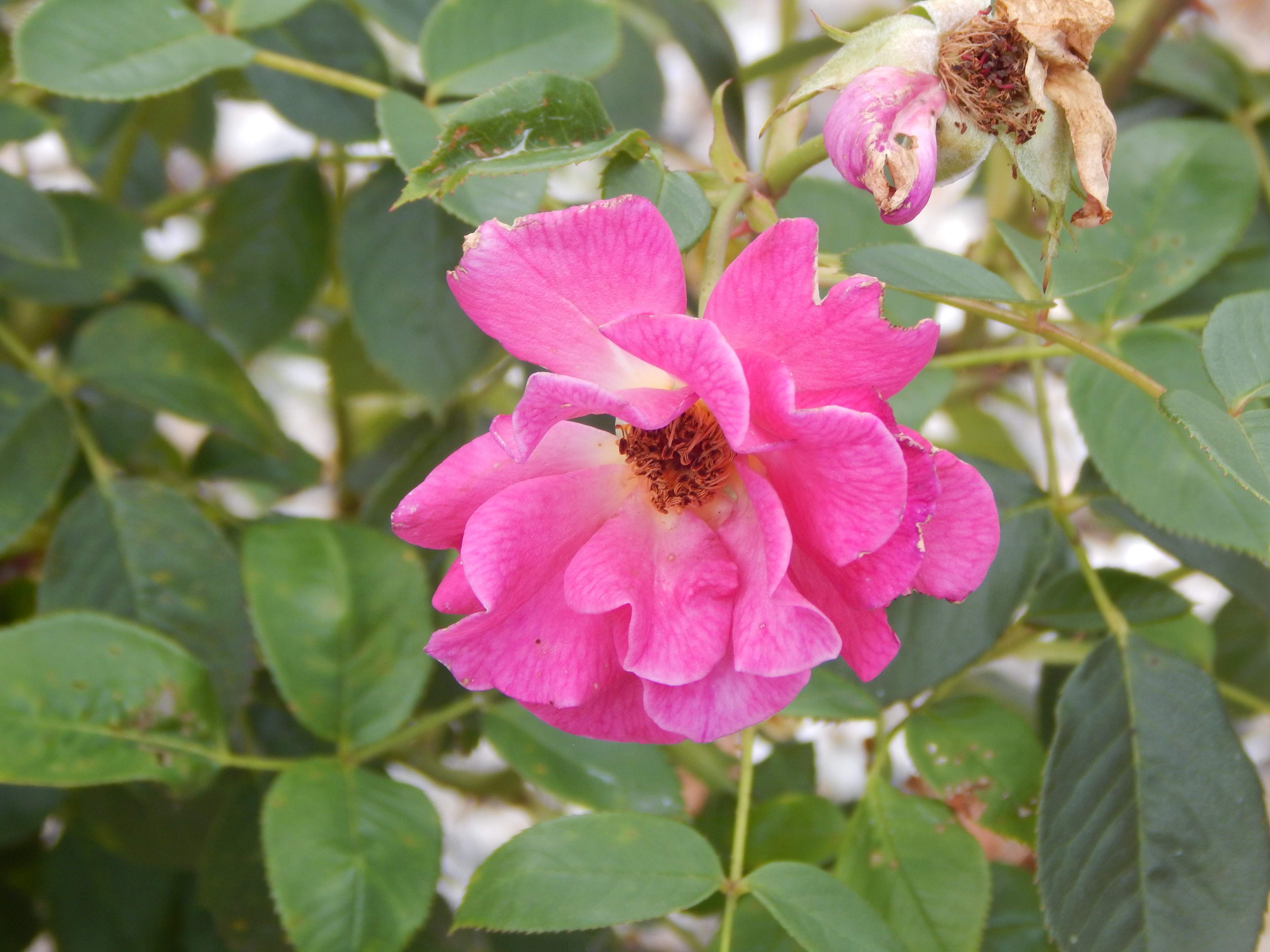










Other Notes
I am sure you can find many examples in literature and popular culture.
